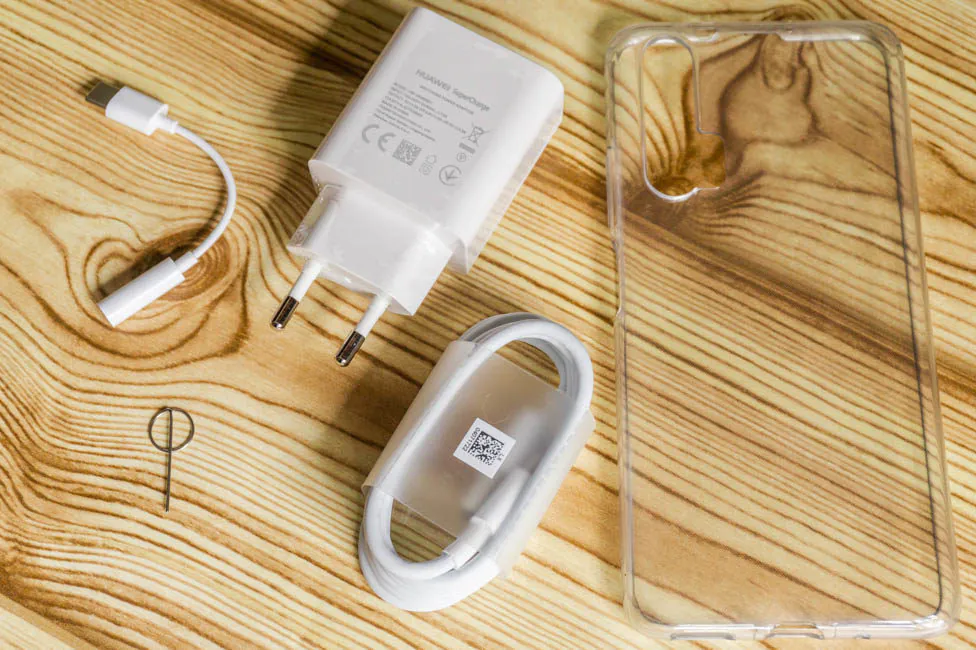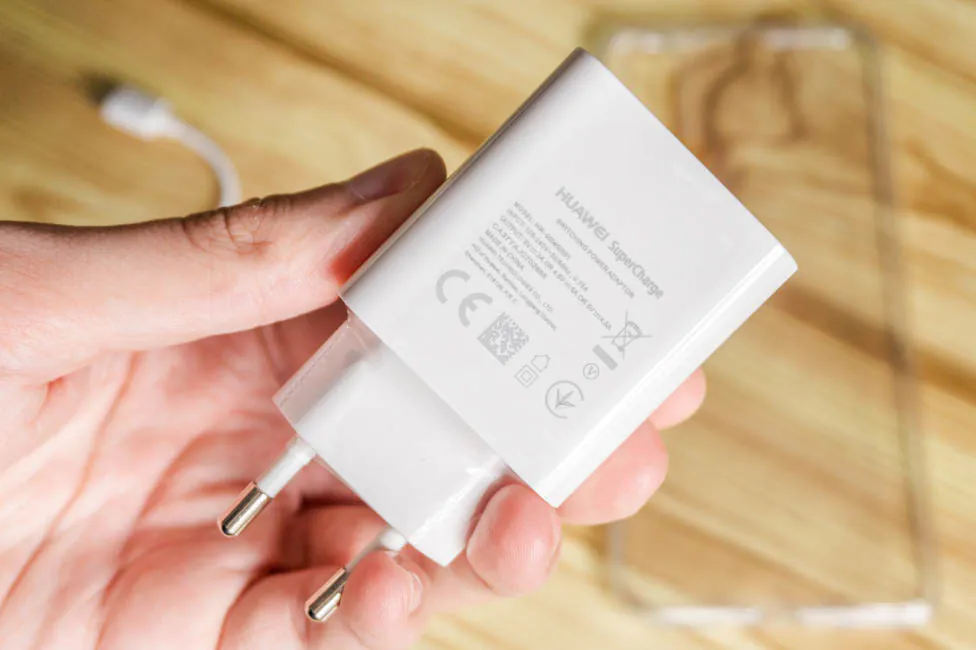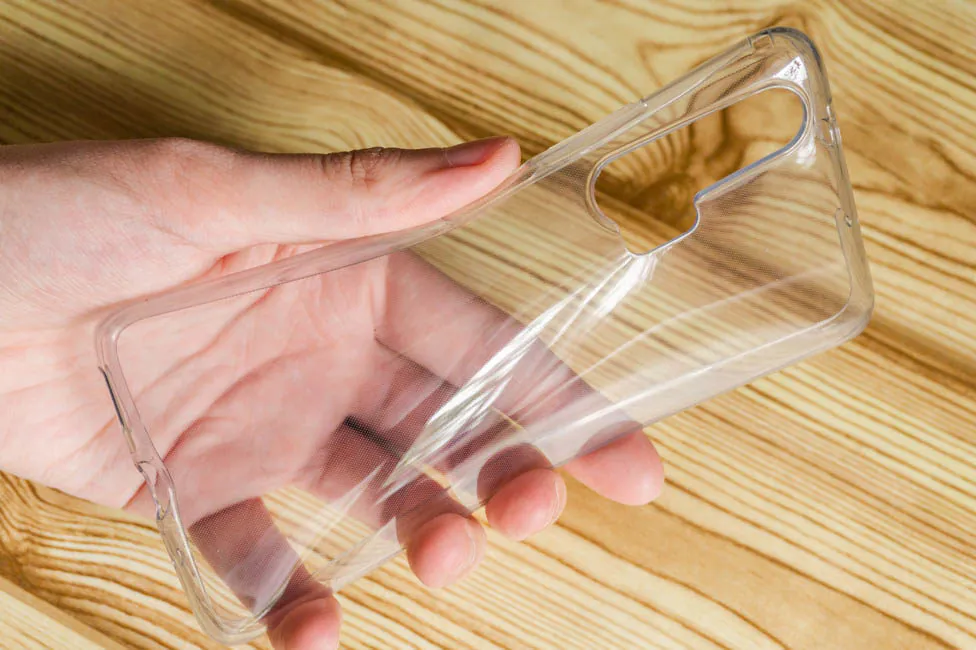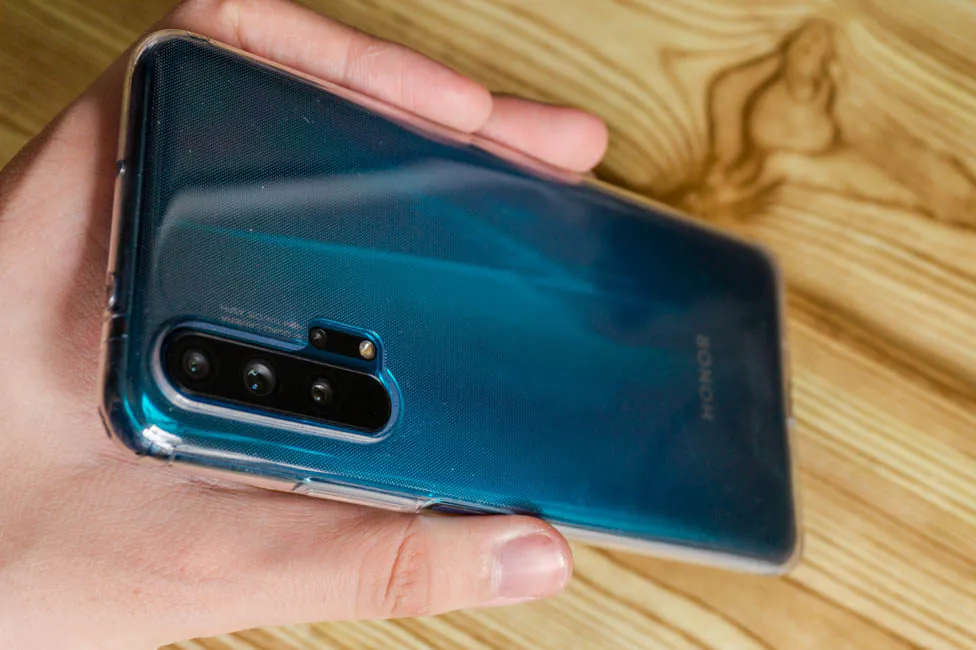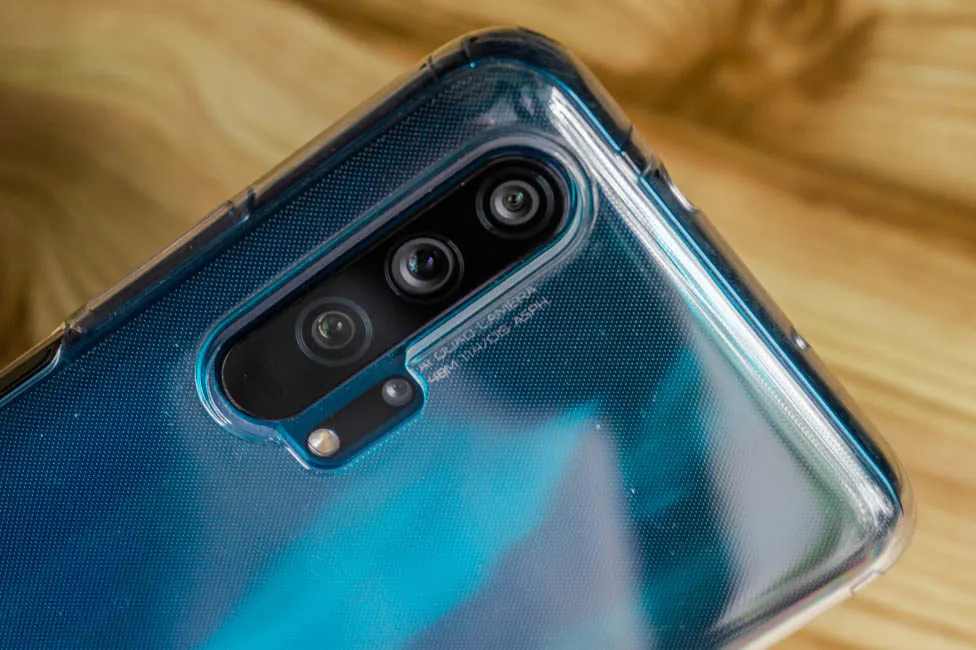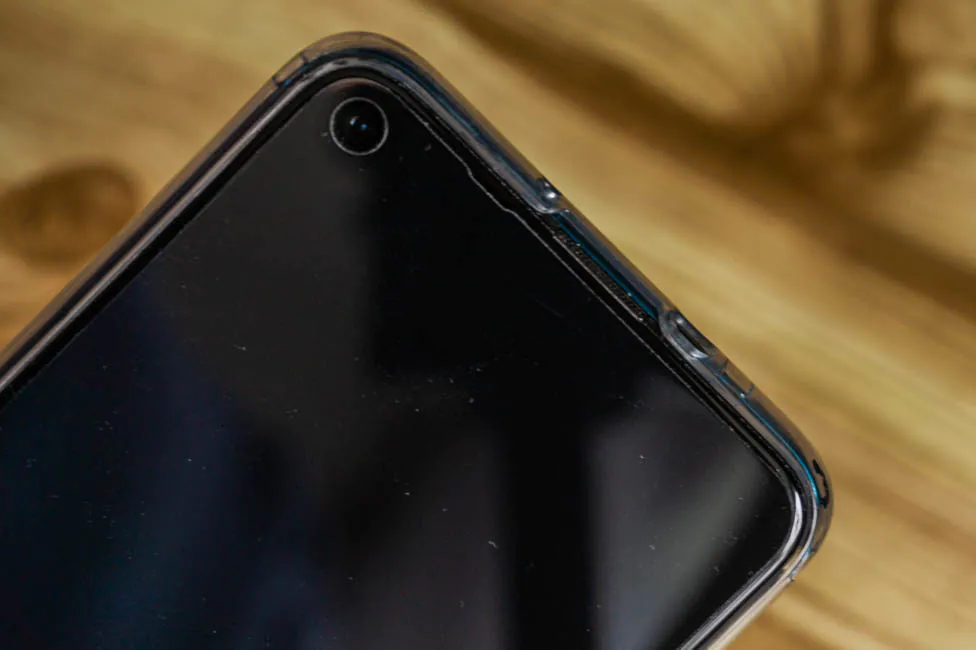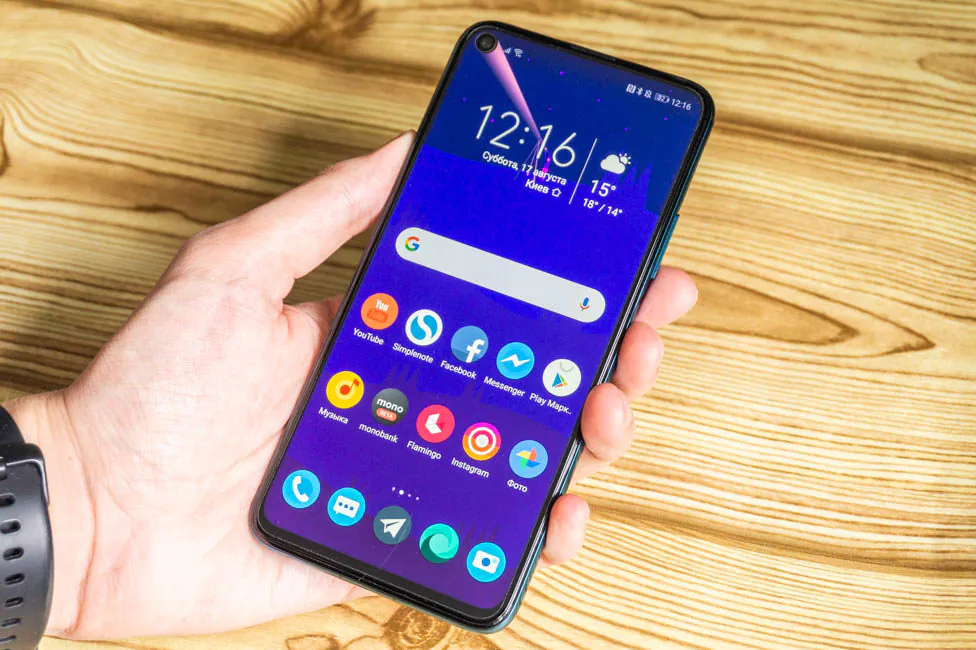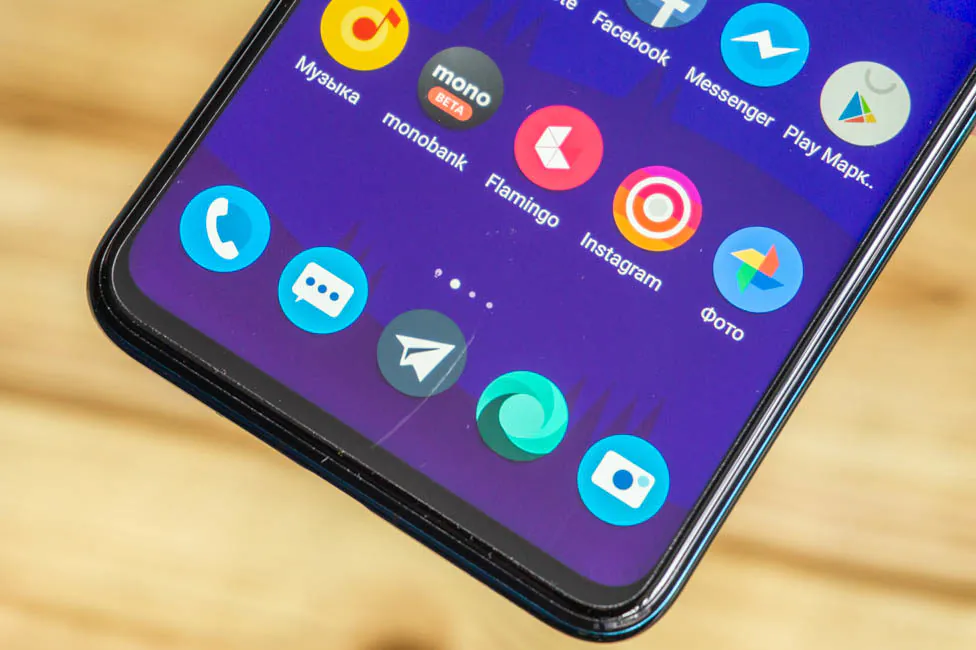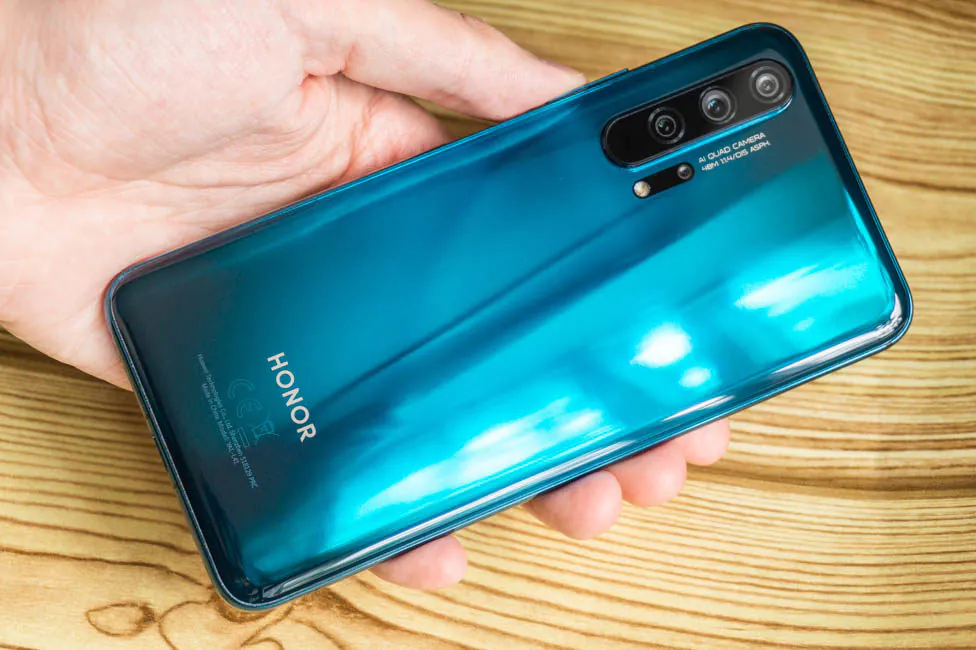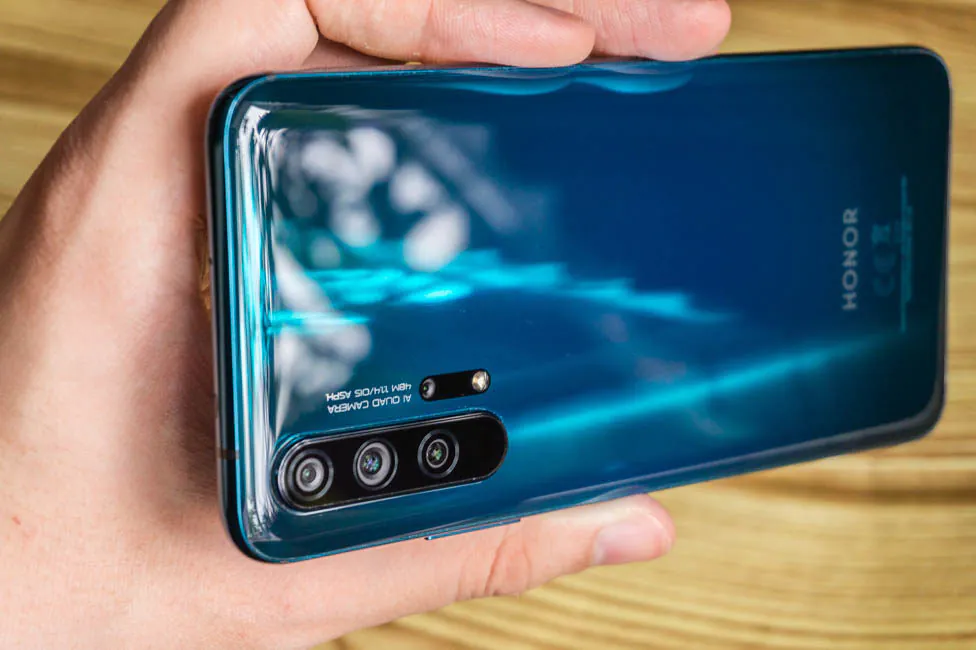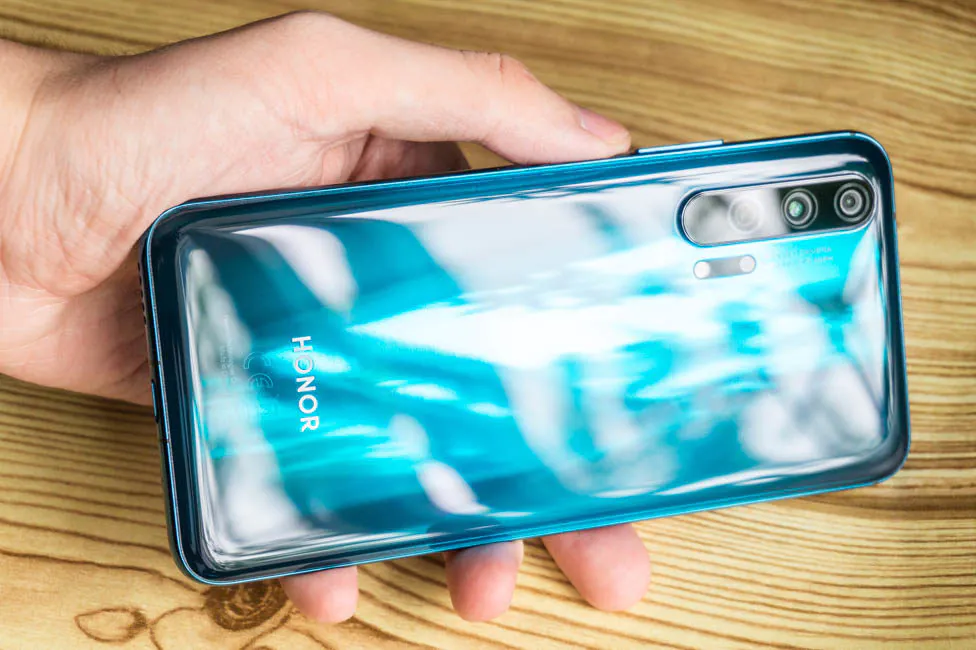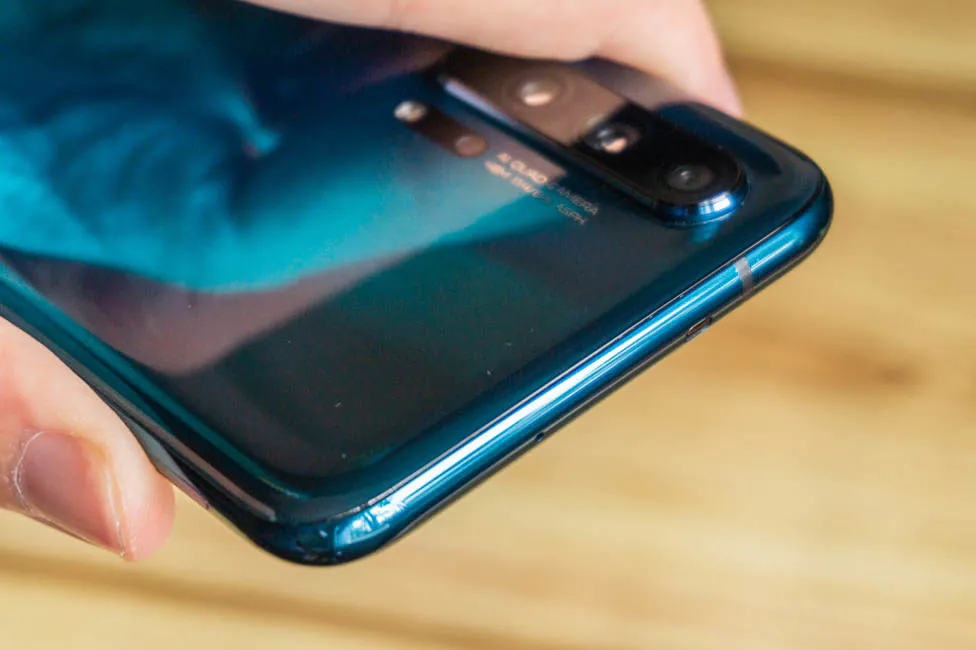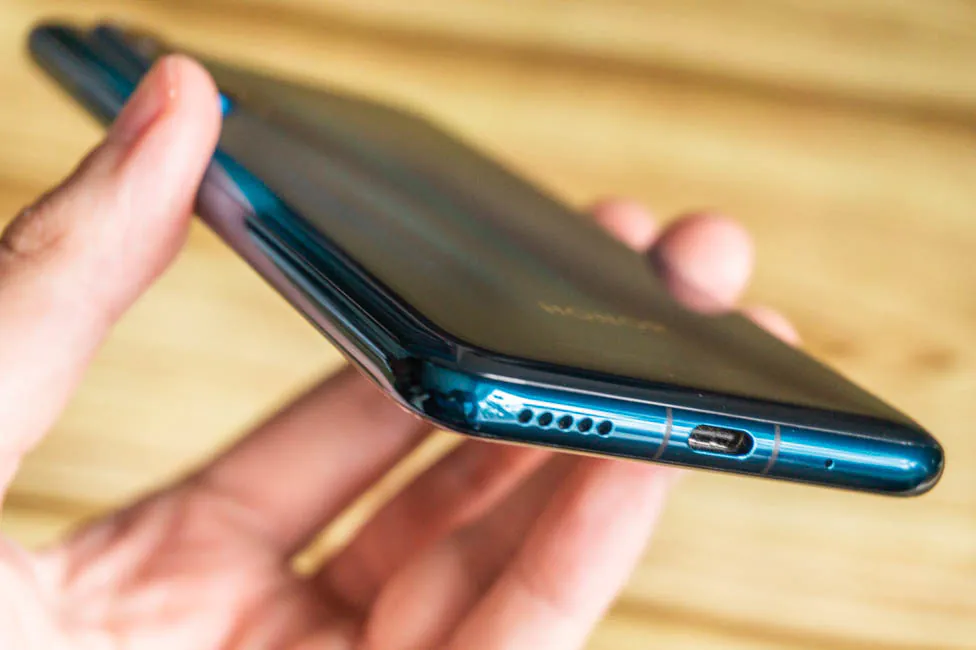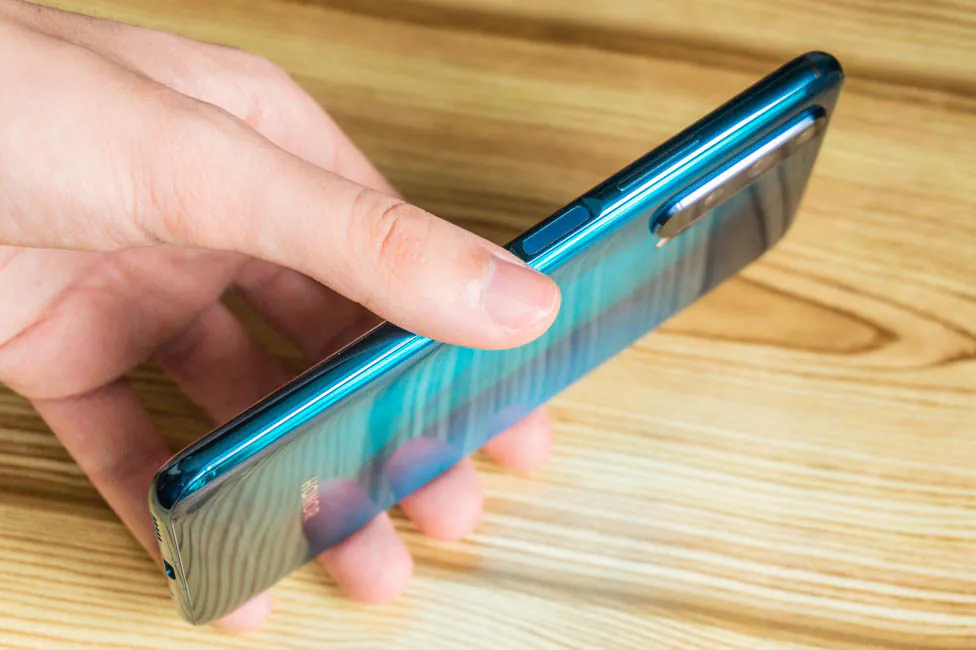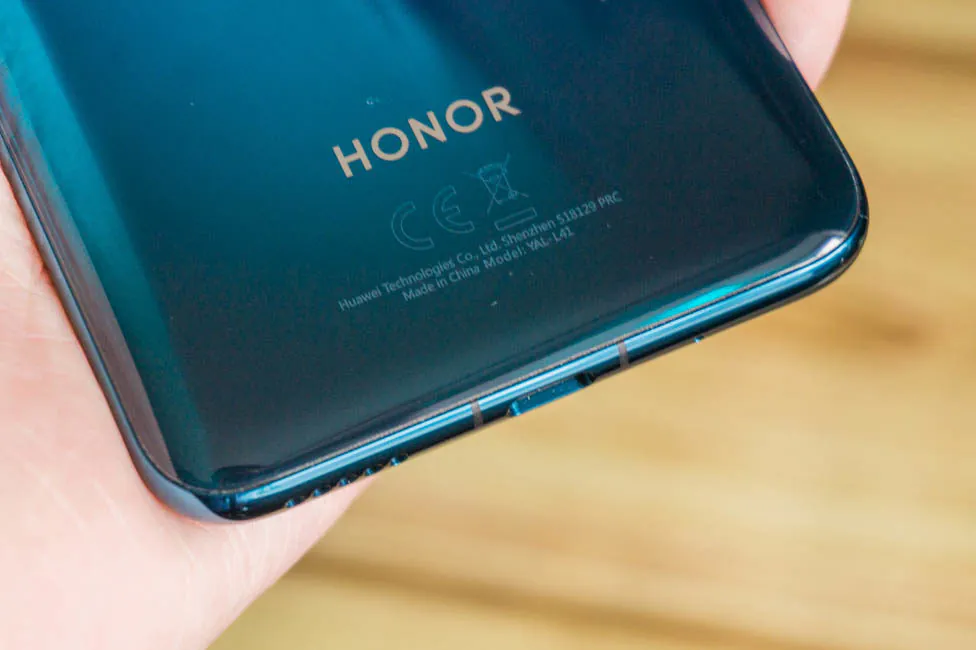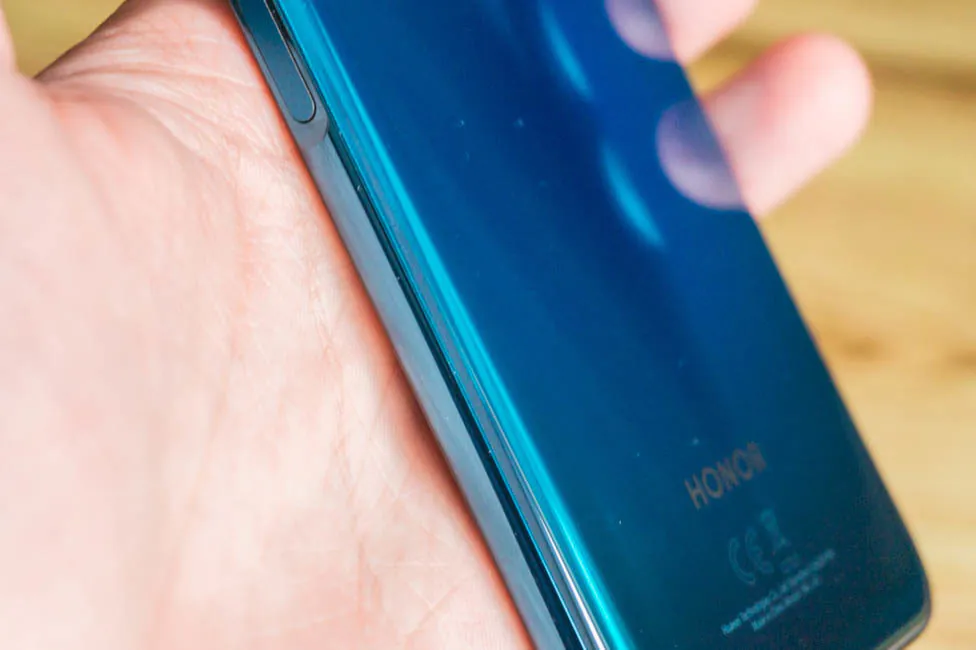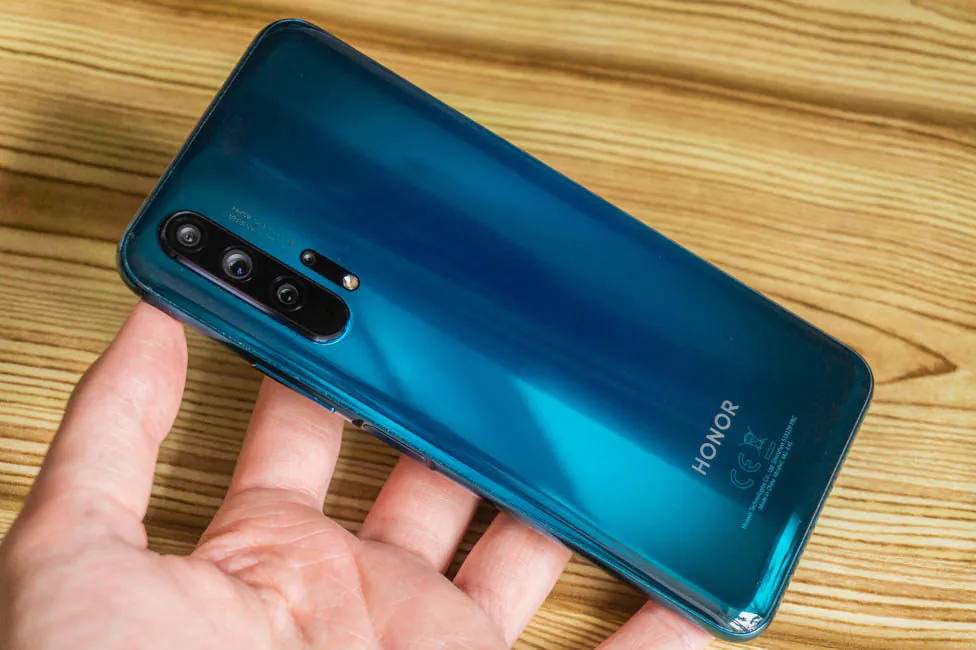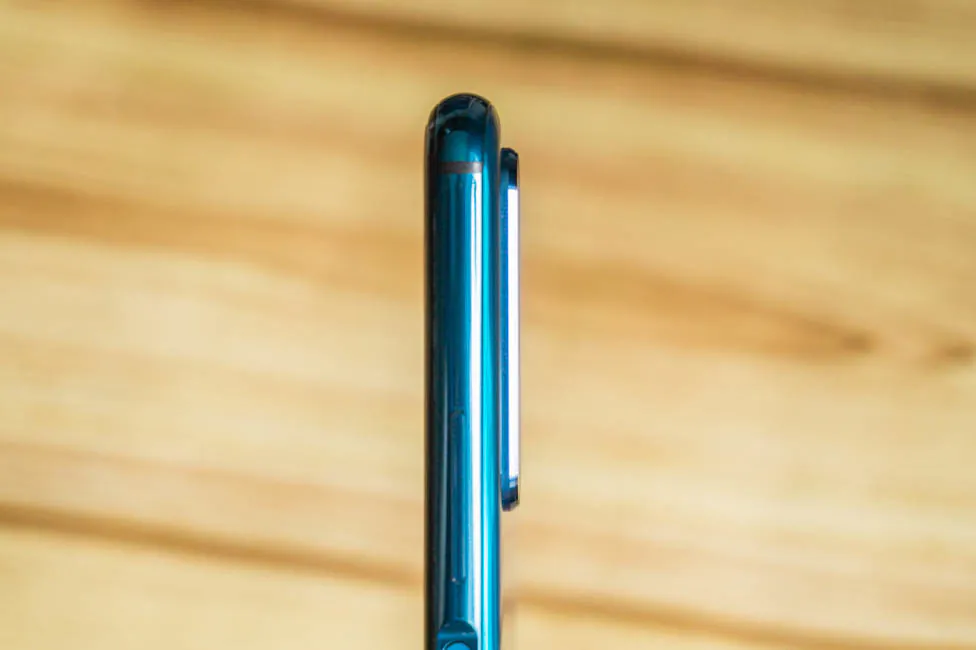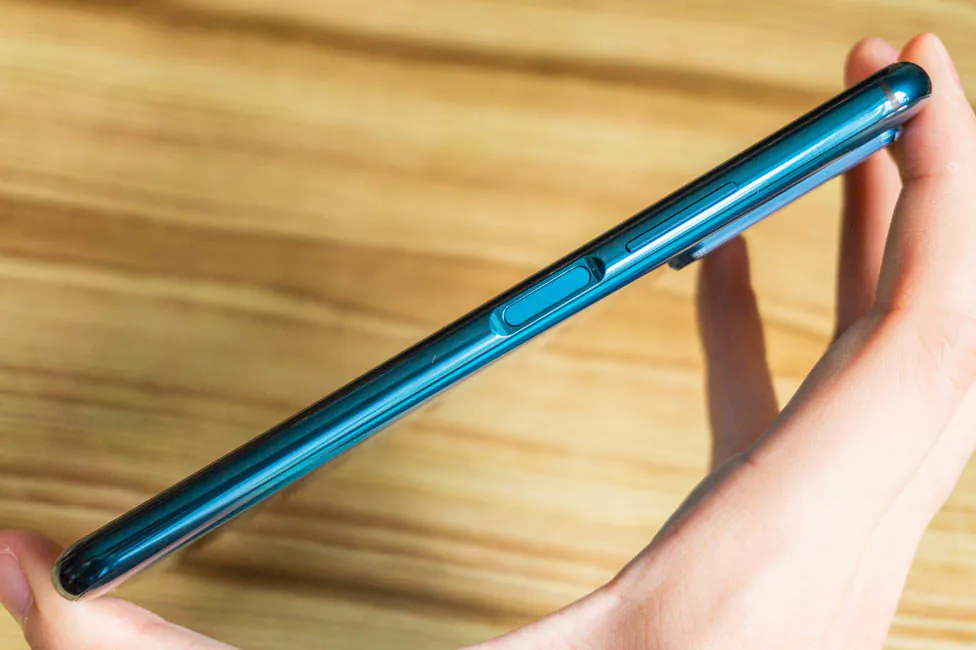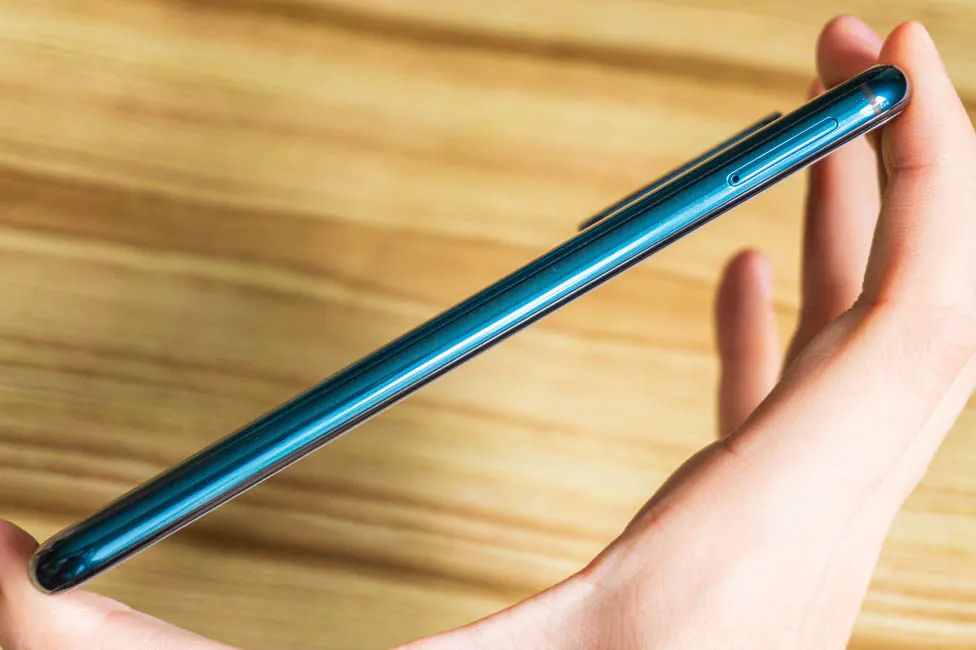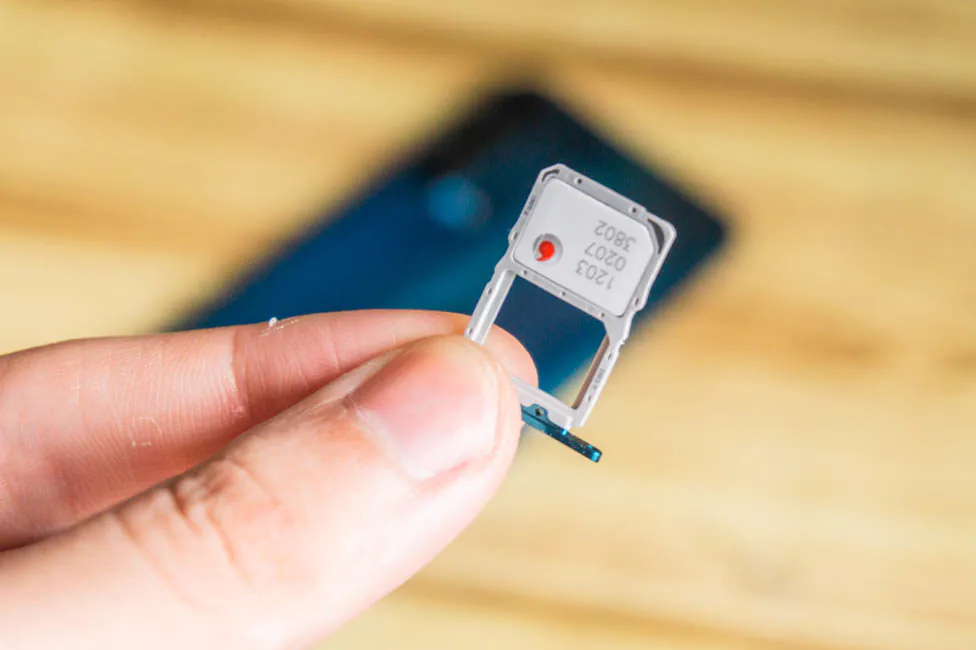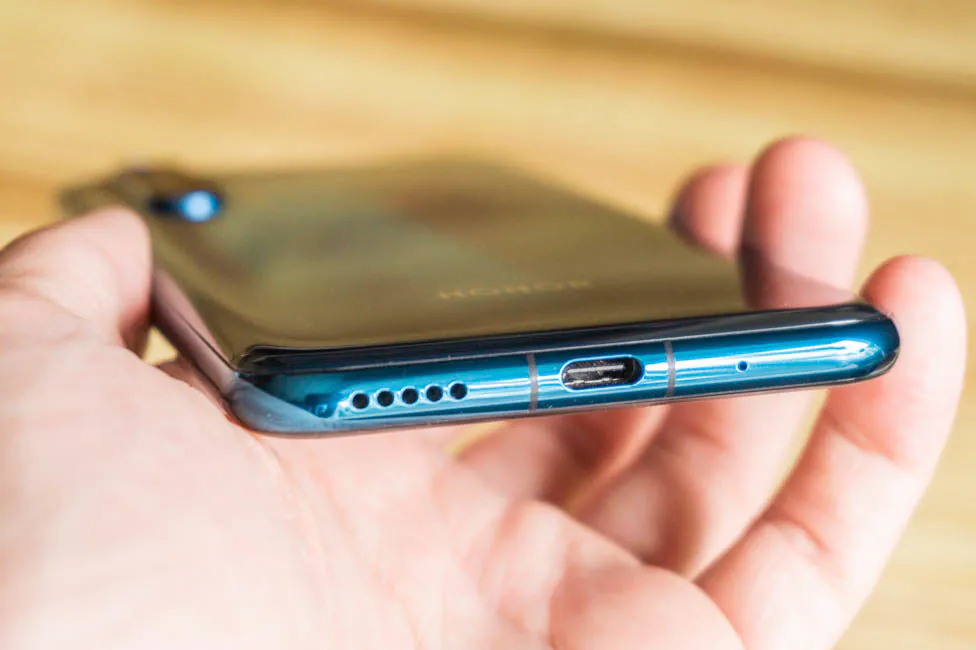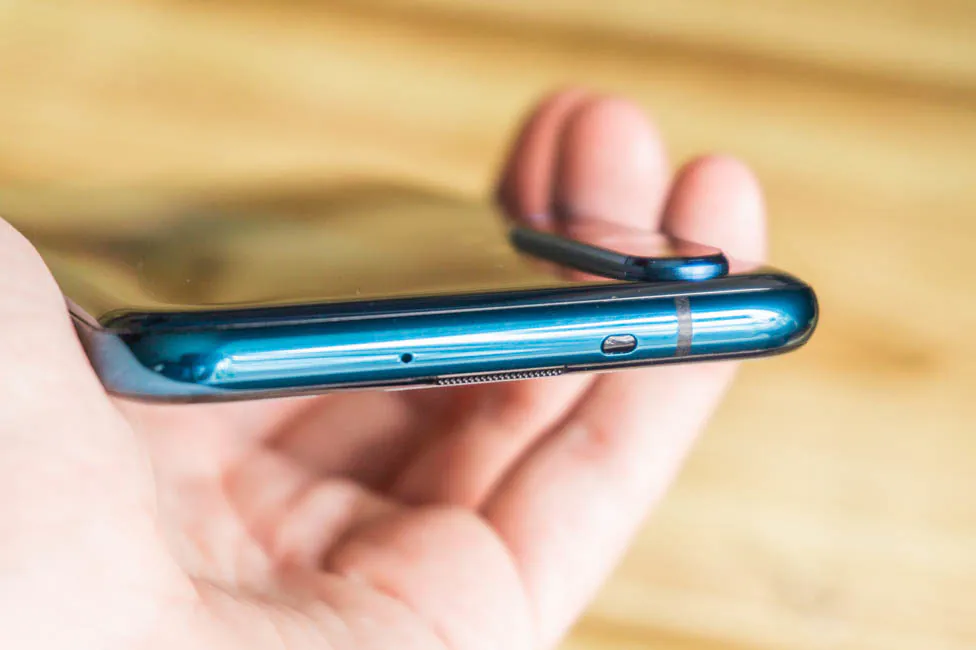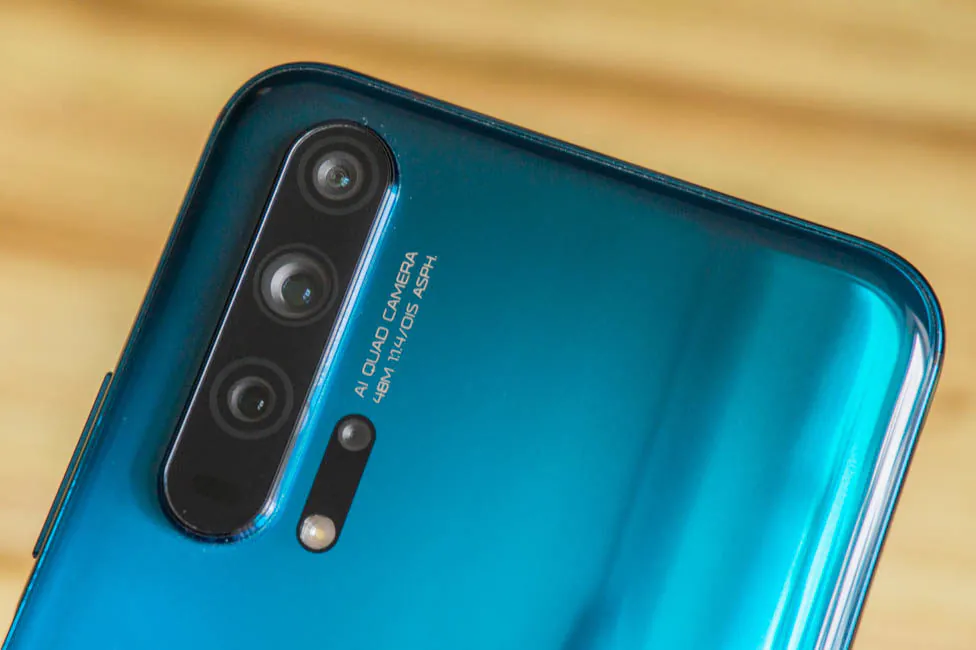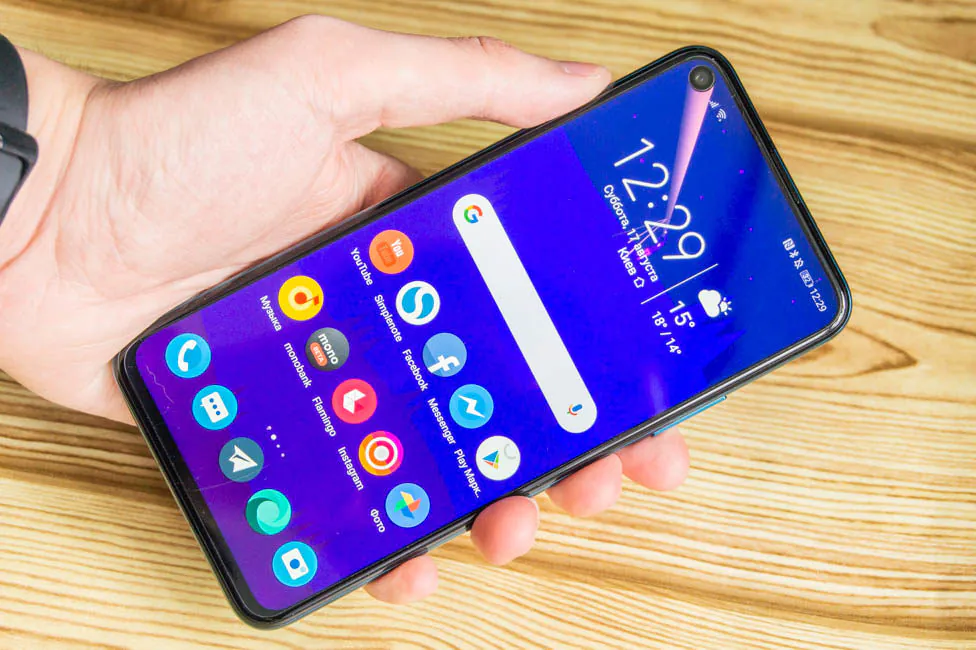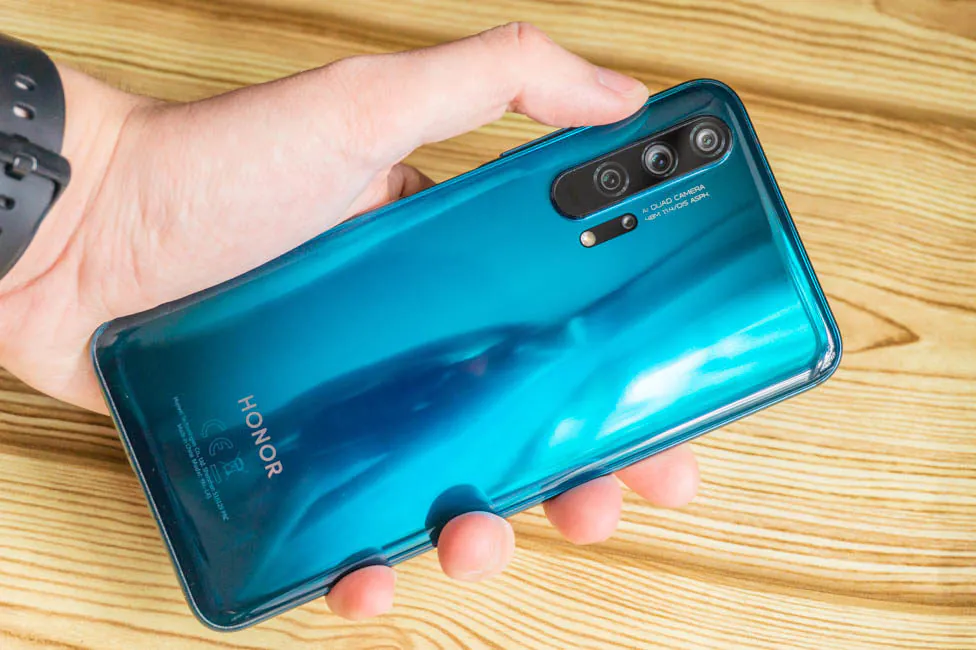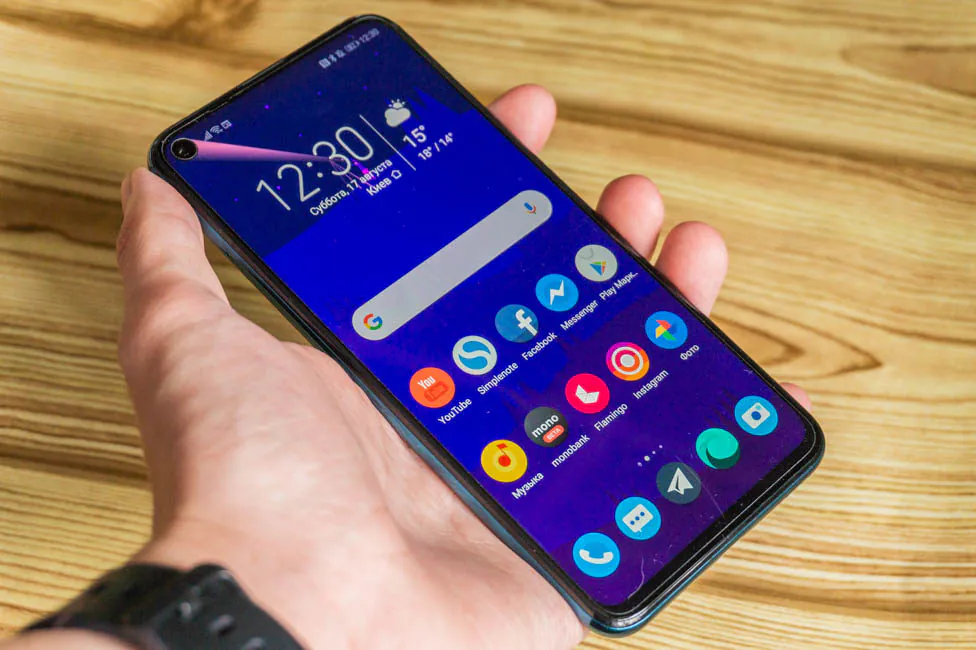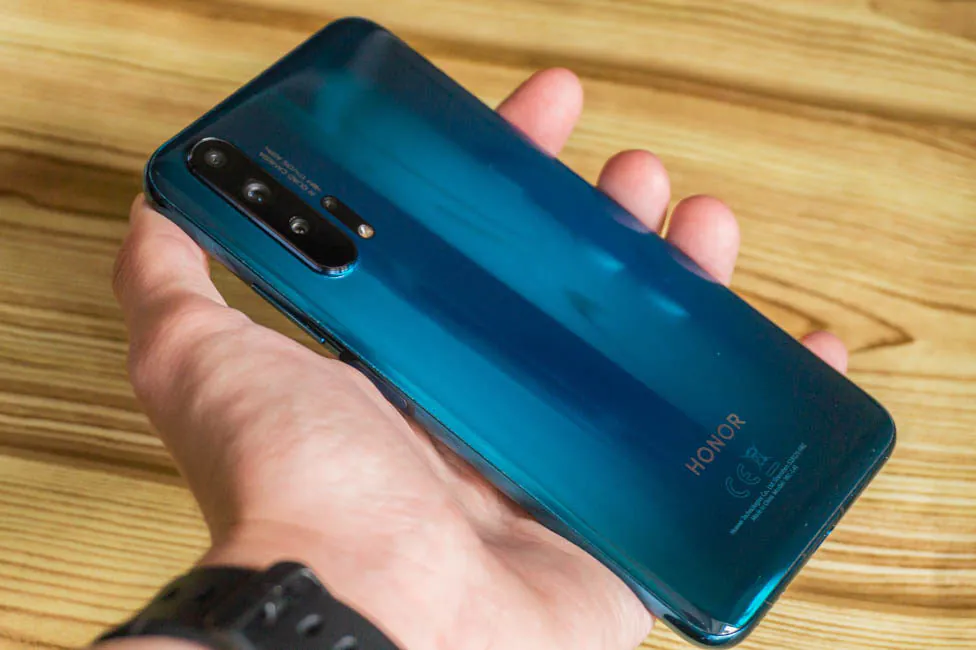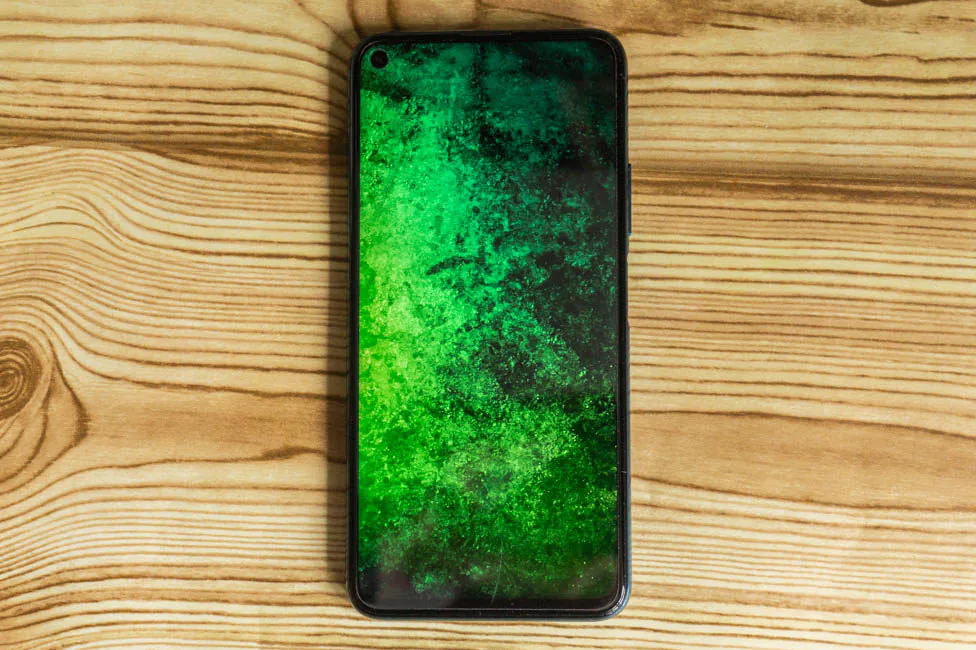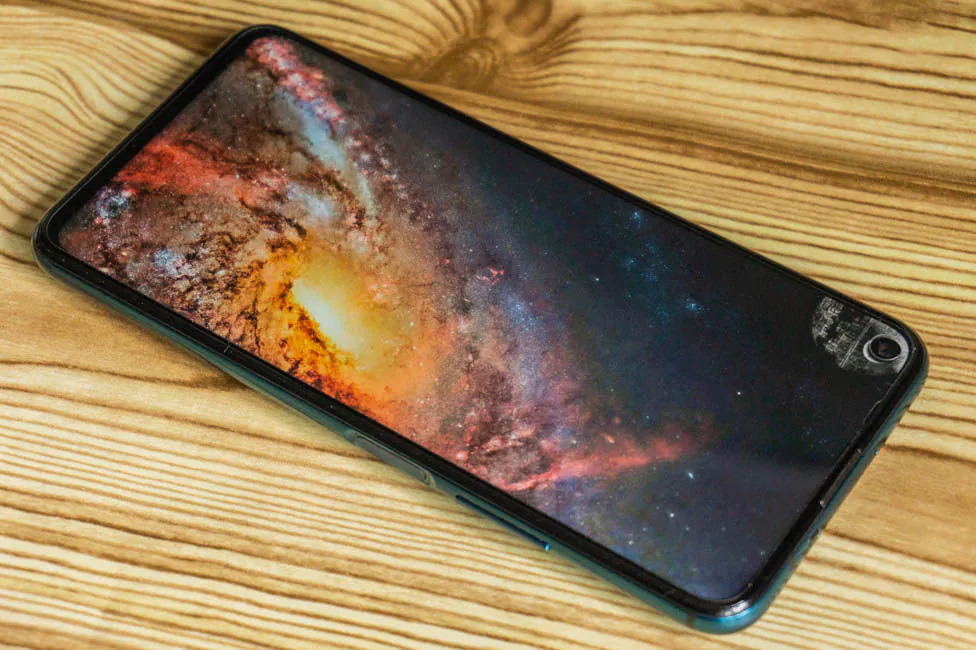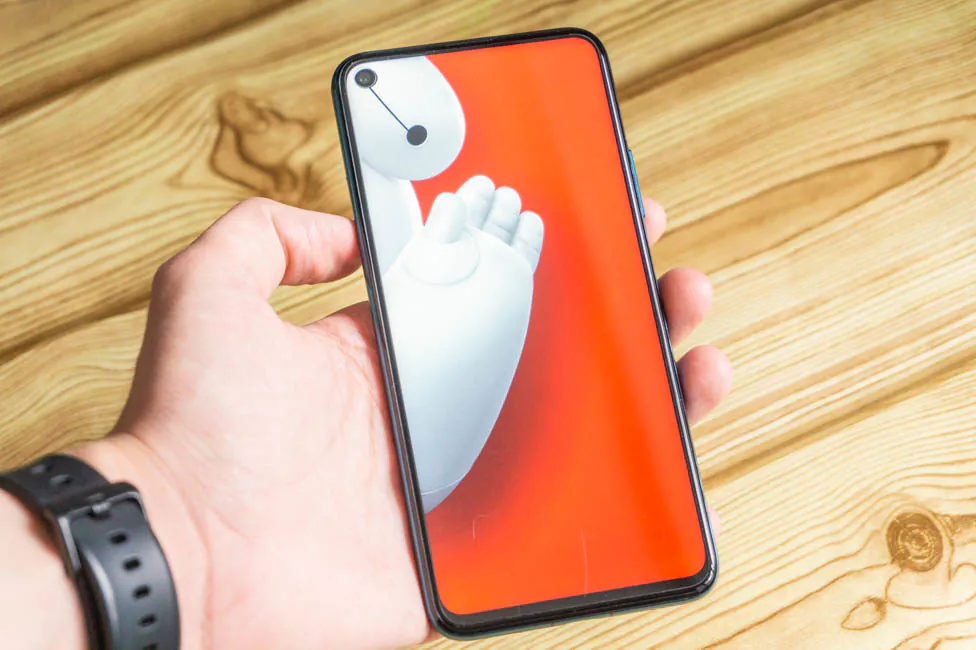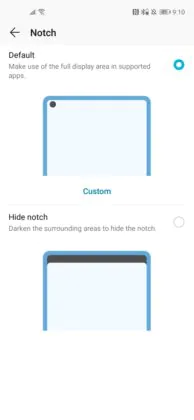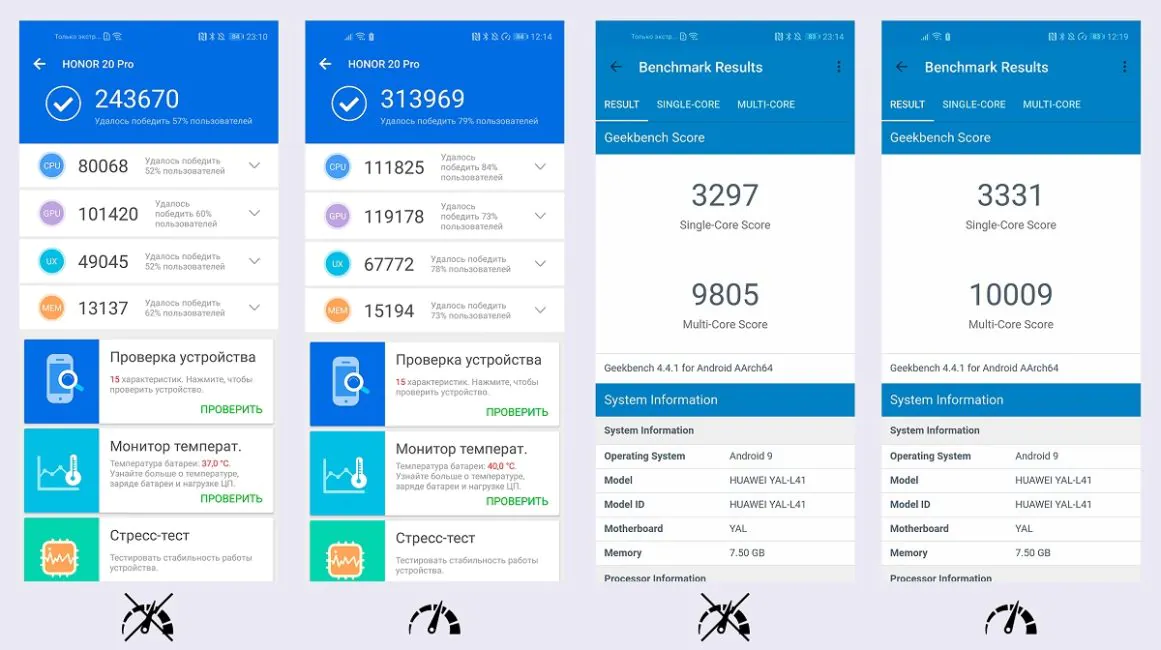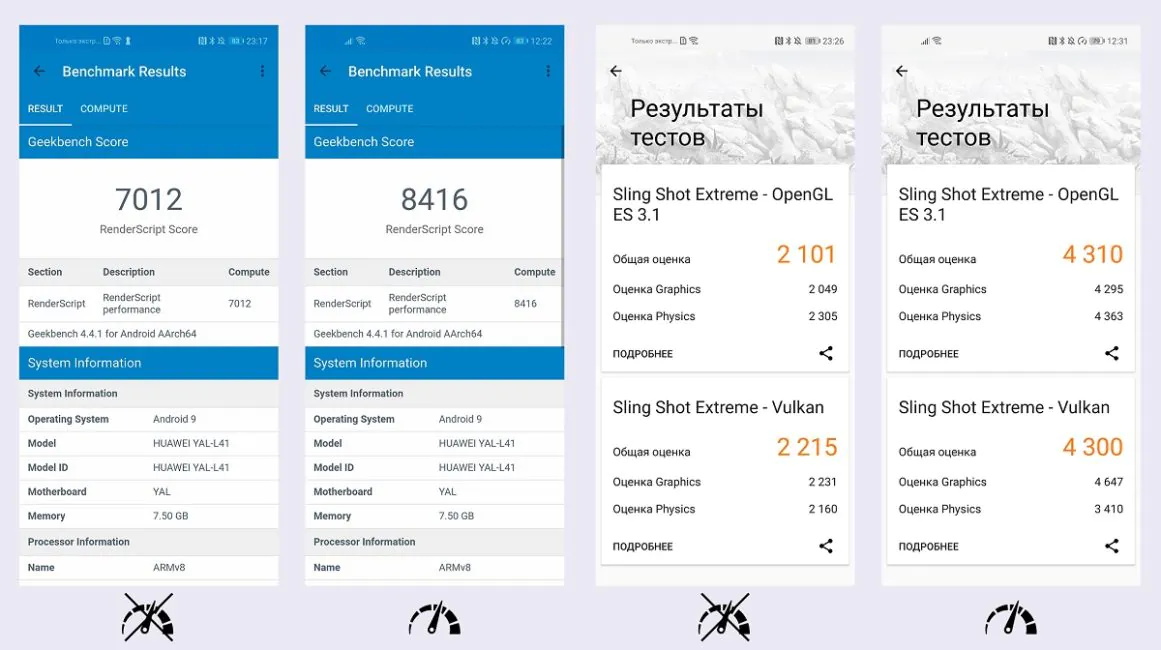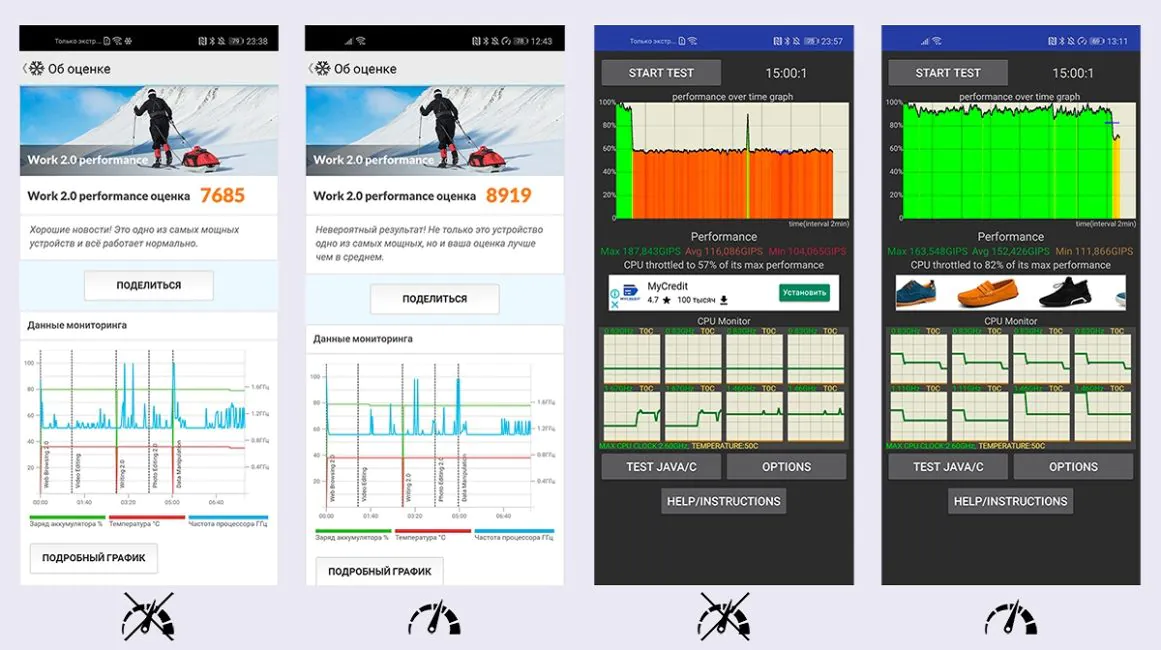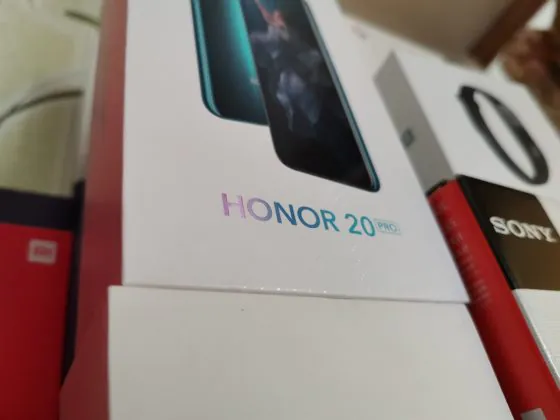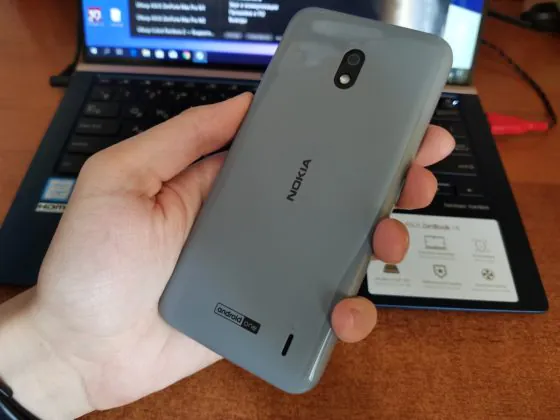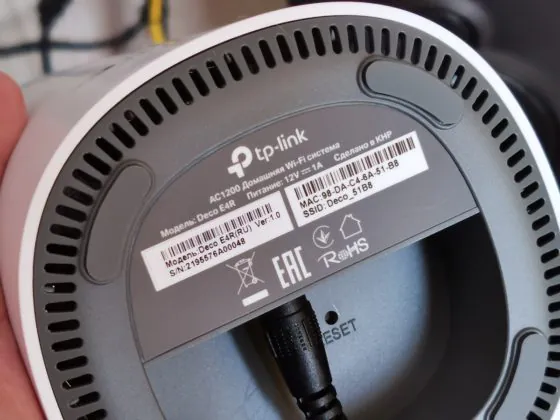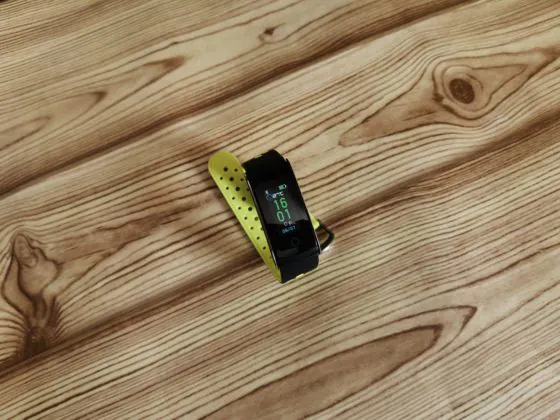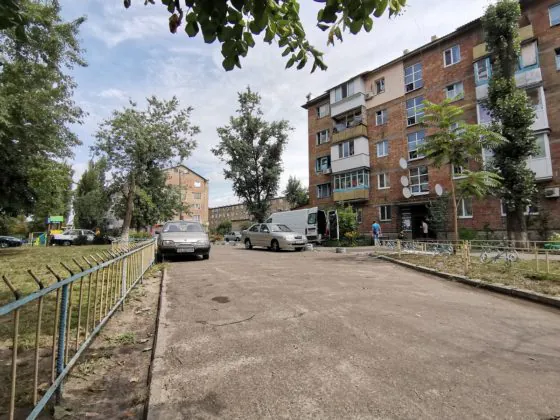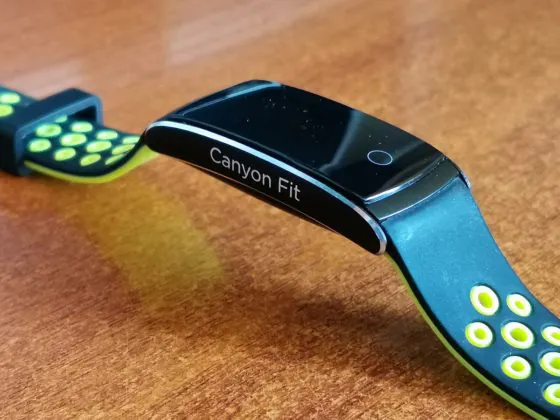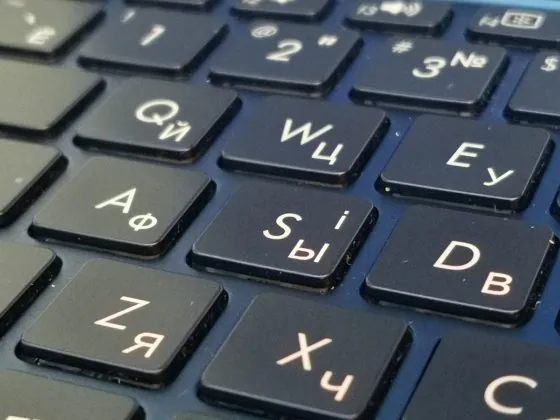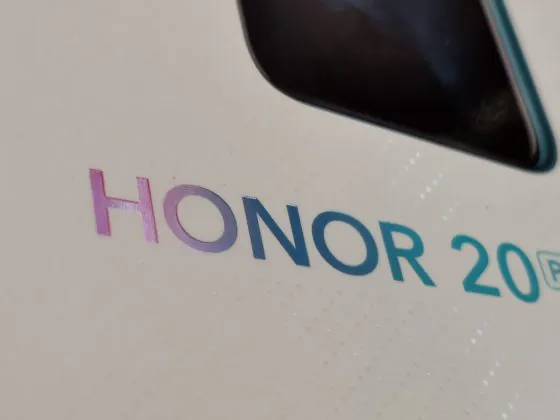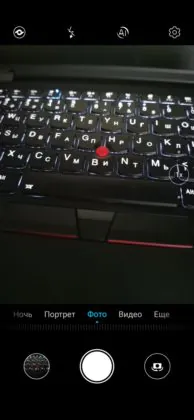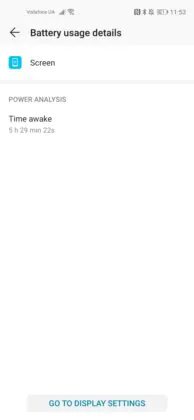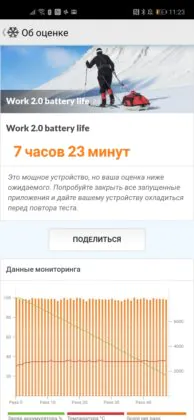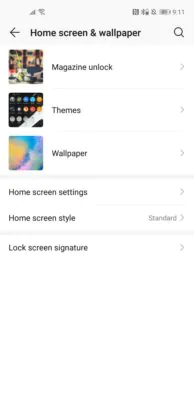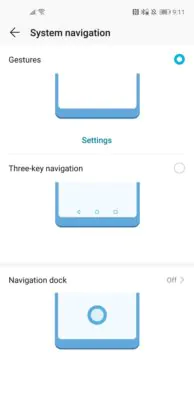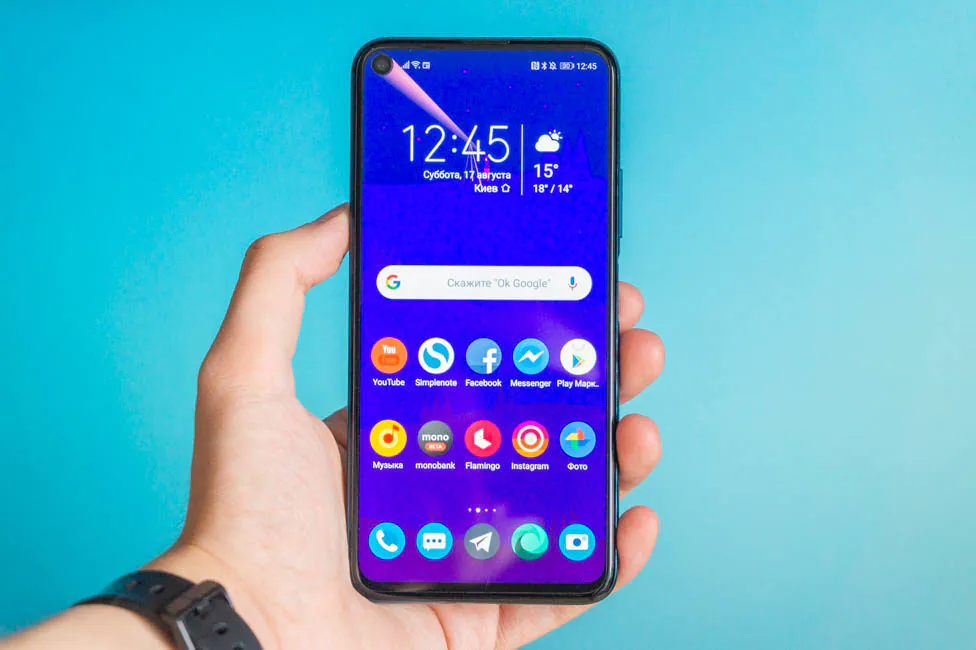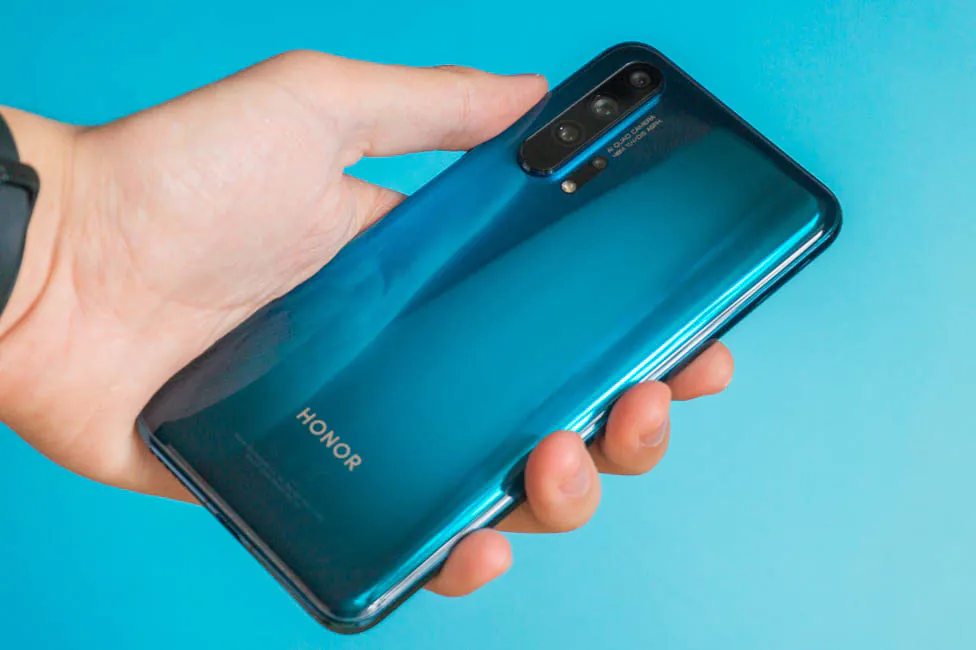© ROOT-NATION.com - Use of content is permitted with a backlink.
The release of a more affordable alternative to Huawei P30 series from the Honor brand has finally happened. Not so long ago, I talked about the basic Honor 20 flagship and suggested that some of its shortcomings can be fixed in the Pro version of the smartphone. And today we will try to find out if all Honor 20 Pro issues have been fixed. Or maybe all the changes are minor? Let’s figure out!
Honor 20 Pro specs
| NETWORK | Technology | GSM / HSPA / LTE |
|---|
| LAUNCH | Announced | 2019, May |
|---|---|---|
| Status | Available. Released 2019, July |
| BODY | Dimensions | 154.6 x 74 x 8.4 mm (6.09 x 2.91 x 0.33 in) |
|---|---|---|
| Weight | 182 g (6.42 oz) | |
| Build | Front/back glass, aluminium frame | |
| SIM | Dual SIM (Nano-SIM, dual stand-by) |
| DISPLAY | Type | IPS LCD capacitive touchscreen, 16M colors |
|---|---|---|
| Size | 6.26 inches, 96.2 cm2 (~84.1% screen-to-body ratio) | |
| Resolution | 1080 x 2340 pixels, 19.5:9 ratio (~412 ppi density) |
| PLATFORM | OS | Android 9.0 (Pie); Magic 2.1 |
|---|---|---|
| Chipset | HiSilicon Kirin 980 (7 nm) | |
| CPU | Octa-core (2×2.6 GHz Cortex-A76 & 2×1.92 GHz Cortex-A76 & 4×1.8 GHz Cortex-A55) | |
| GPU | Mali-G76 MP10 |
| MEMORY | Card slot | No |
|---|---|---|
| Internal | 256GB 8GB RAM |
| MAIN CAMERA | Quad | 48 MP, f/1.4, 28mm (wide), 1/2″, 0.8µm, PDAF, Laser AF, OIS 8 MP, f/2.4, 80mm (telephoto), 1/4.4″, PDAF, Laser AF, OIS, 3x optical zoom 16 MP, f/2.2, 13mm (ultrawide), 1/3.1″ 2 MP, f/2.4, 27mm (wide) dedicated macro camera |
|---|---|---|
| Features | LED flash, HDR, panorama | |
| Video | 2160p@30fps, 1080p@30/60fps; gyro-EIS |
| SELFIE CAMERA | Single | 32 MP, f/2.0, 0.8µm |
|---|---|---|
| Features | HDR | |
| Video | 1080p@30fps, gyro-EIS |
| SOUND | Loudspeaker | Yes |
|---|---|---|
| 3.5mm jack | No | |
| Active noise cancellation with dedicated mic 32-bit/192kHz audio |
| COMMS | WLAN | Wi-Fi 802.11 a/b/g/n/ac, dual-band, Wi-Fi Direct, hotspot |
|---|---|---|
| Bluetooth | 5.0, A2DP, aptX HD, LE | |
| GPS | Yes, with A-GPS, GLONASS, BDS, GALILEO, QZSS | |
| NFC | Yes (market/region dependent) | |
| Infrared port | Yes | |
| Radio | No | |
| USB | 2.0, Type-C 1.0 reversible connector, USB On-The-Go |
| FEATURES | Sensors | Fingerprint (side-mounted), accelerometer, gyro, proximity, compass |
|---|
| BATTERY | Non-removable Li-Po 4000 mAh battery | |
|---|---|---|
| Charging | Fast battery charging 22.5W (50% in 30 min) |
| MISC | Colors | Phantom Blue, Phantom Black |
|---|---|---|
| Models | YAL-AL10 | |
| Price | About 600 EUR |
Price and positioning
In some markets Honor 20 Pro arrived a little later than Honor 20. The cost is about $600, which is $80 more than Huawei asks for the standard version. The price difference is quite small. But it is possible that some people are thinking: can we not overpay and spend the savings on the accessories?
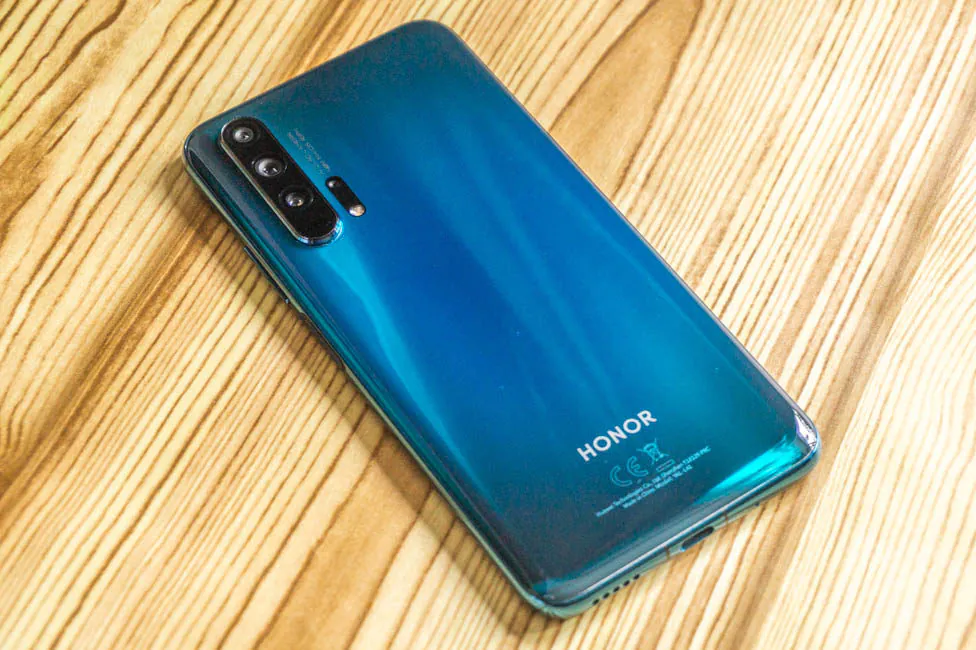
Both models are on sale in fixed configurations of memory. Honor 20 is 6/128 GB and the Honor 20 Pro is 8/256 GB. If a large drive is important to you, then the choice is obvious. Storage for smartphones is not expandable, although for some 128 GB will be even too much. But I will not reveal all the cards at once – let’s go in order.
Where to buy Honor 20 Pro
- AliExpress 1
- AliExpress 2
- AliExpress 3
What’s in the box
Honor 20 Pro is absolutely no different from the “simpler” version. In the box you can find a smartphone, a Huawei SuperCharge power adapter (22.5 W), a USB/Type-C cable, an adapter from Type-C to 3.5 mm and a transparent silicone case.
The case is quite ordinary, but contains all the necessary holes and protects camera block well. It can protect the smartphone from scratches without problems.
Design, materials and build quality
I note right away that in this review I will often refer to the Honor 20 review, so I recommend reading it. Because they have a lot of similar moments, but differences will naturally be mentioned too.
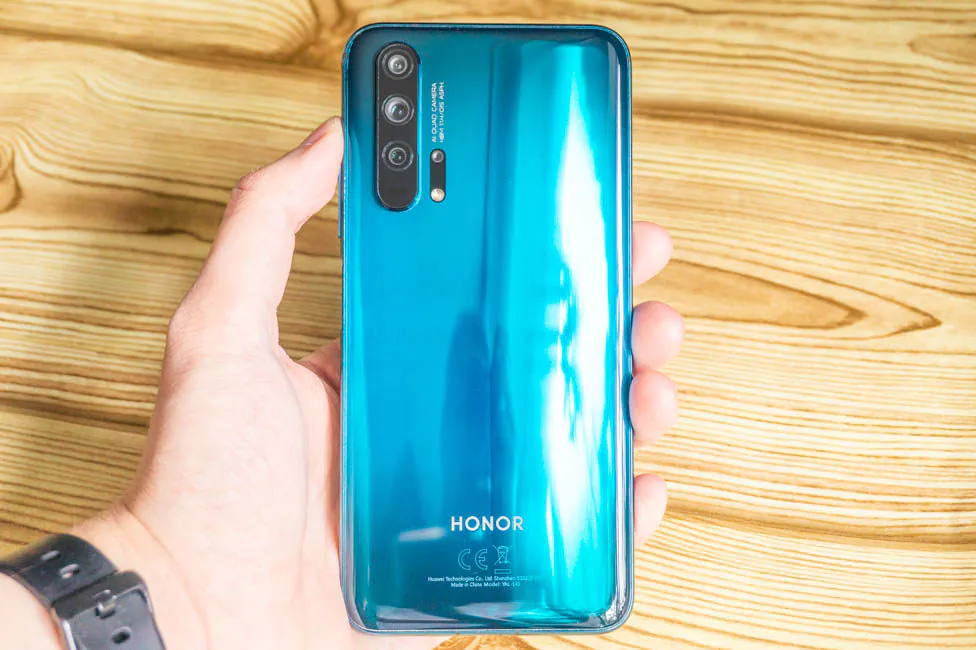
So the design. The front panel of the Honor 20 Pro is completely identical to Honor 20. And this means that we have a screen in front with a front camera embedded in the upper left corner. There are bezels around that all look the same, except the bottom one is thicker as usual.
I have already repeatedly mentioned that I was tired of the teardrop-notch, because it is everywhere. Therefore, the holes in the screen are a better solution in my opinion, and the screens without the notches seem to be the best option. But here the notch is compact (with a diameter of 4.5 mm), located on the left, which is why in the “correct” horizontal orientation it does not interfere either with games or videos.
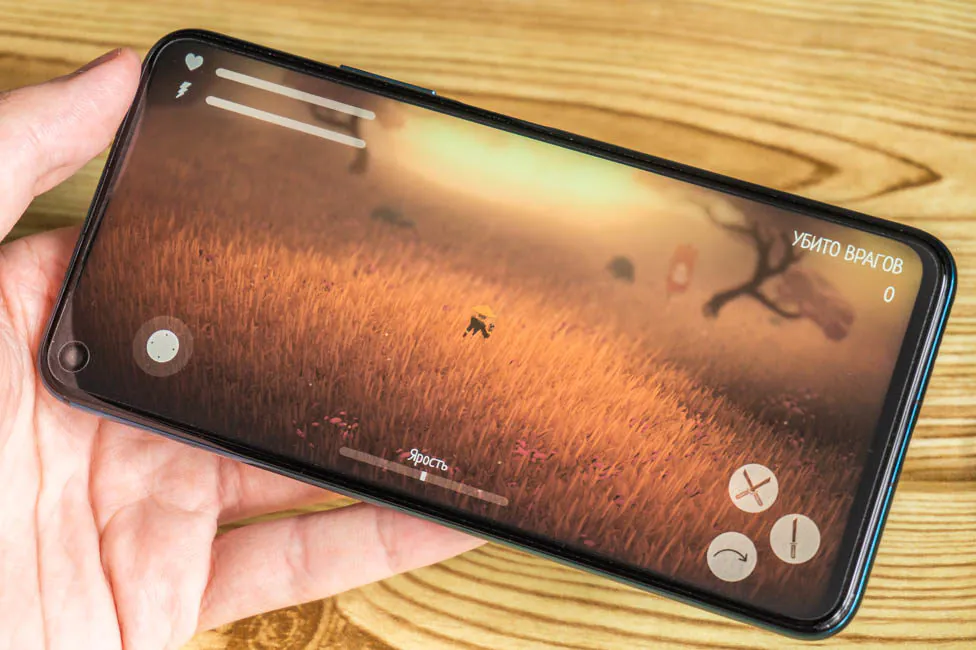
On the back there is a lot of different reflective layers that create the so-called holographic effect. It all looks beautiful. But the panel also looks interesting thanks to all the colors.
There are two of them: Phantom Blue and Phantom Black. We tested the first one.
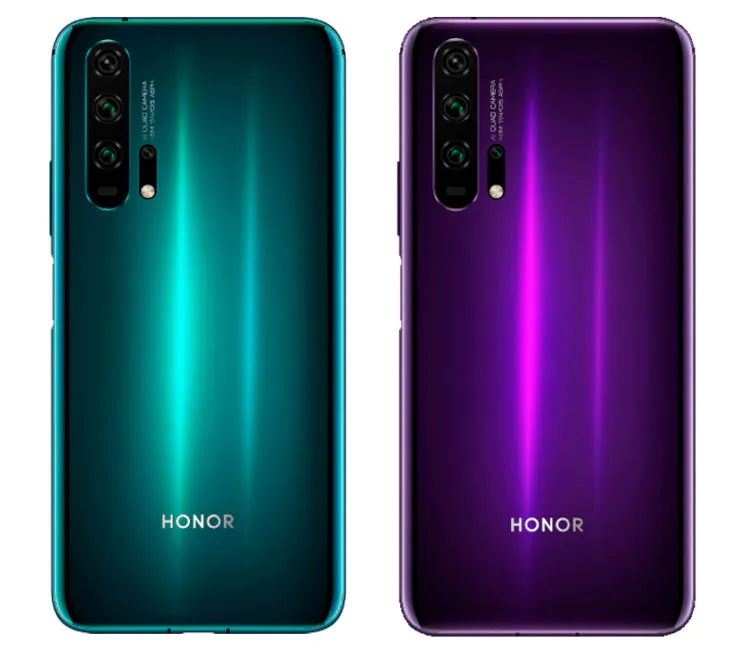
However, this is not just a plain color, as is the case with Honor 20. The shade depends on the environment. Under certain conditions, the blue color turn closer to turquoise
The frame is simply blue, made naturally from metal. Front and back is glass. However, there is one small feature in this seemingly identical design. In Honor 20 Pro, the glass at the back is merged directly with the metal frame, and in Honor 20 there is also a plastic part between the two components.
The smartphone is covered with a solid oleophobic coating on the back. There’s also the protective film in front, which, by the way, is glued to the gadget out of the box. The sturdiness in this case, of course, is average and therefore the device can roll off an inclined surface. But the situation is not terrible and you can do without a cover. True, then the camera block becomes vulnerable.
The build quality is just perfect, as expected. But here they decided to ignore moisture protection. The fingerprints are visible, albeit not too much, and you get a lot of dust near the cameras.
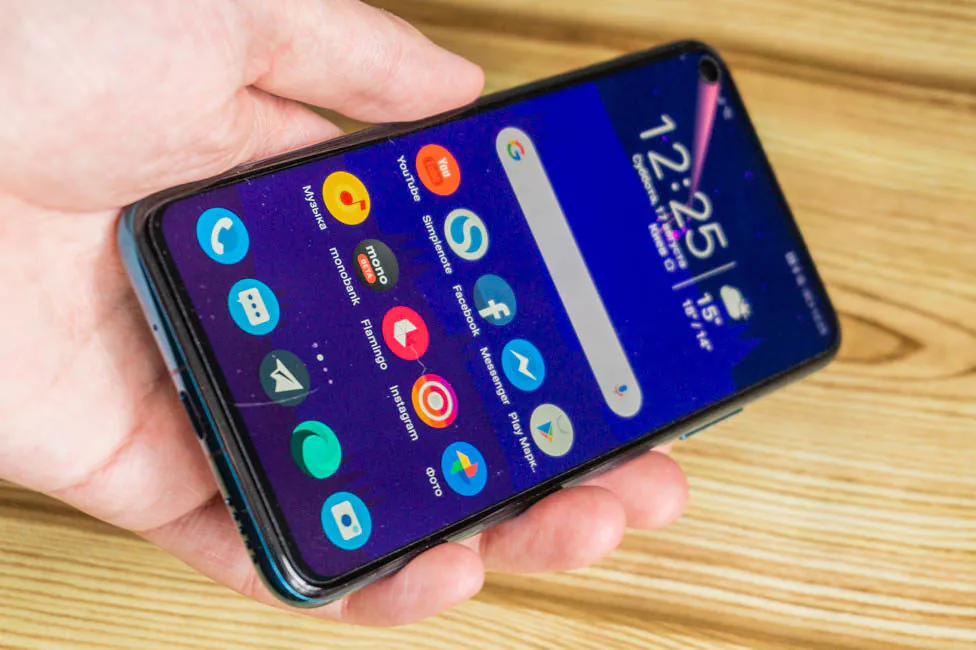
Elements configuration
In this regard, the Pro is no different from the simper model. The selfie camera is on the top left, a little to the right is light sensor. At a slight angle in the center is the earpiece speaker. Below is LED for notifications. The field below does not contain anything useful.
On the right is the volume key, and below it is the power button, which also performs the function of a fingerprint scanner. On the left is a slot for two nanoSIM-format cards. You can’t expand storage.
On the bottom is the main microphone, USB Type-C port and multimedia speaker. On the top there is a second microphone for noise reduction and a window with a proximity sensor. The latter is often confused with an infrared transmitter, because it really looks like it.
On the back of the case, from the top left, there is an oval block with three camera modules and a focusing system. There are laser sensors hidden under the camera. Next to it is a black strip of a similar shape with a fourth camera and a flash. Also – inscriptions with the main parameters of the main camera. Below is a logo and some text.
Ergonomics
Honor 20 Pro is a little bigger, compared with the regular version. But the difference is not significant. In terms of size, the case has become a little longer (154.6 mm versus 154.3 mm) and slightly thicker (8.4 mm versus 7.9 mm). The mass, as expected, also increased (182 g versus 174 g).
In everyday use, changes are hard to notice. The smartphone itself feels nicer due to the more rounded back plate. I won’t say more or anything new – the buttons are on the same convenient positions.
Honor 20 Pro Display
After some time with it, I can say that the display of Honor 20 Pro is exactly the same as Honor 20. Unless we take a closer inspection, there are minimal differences.
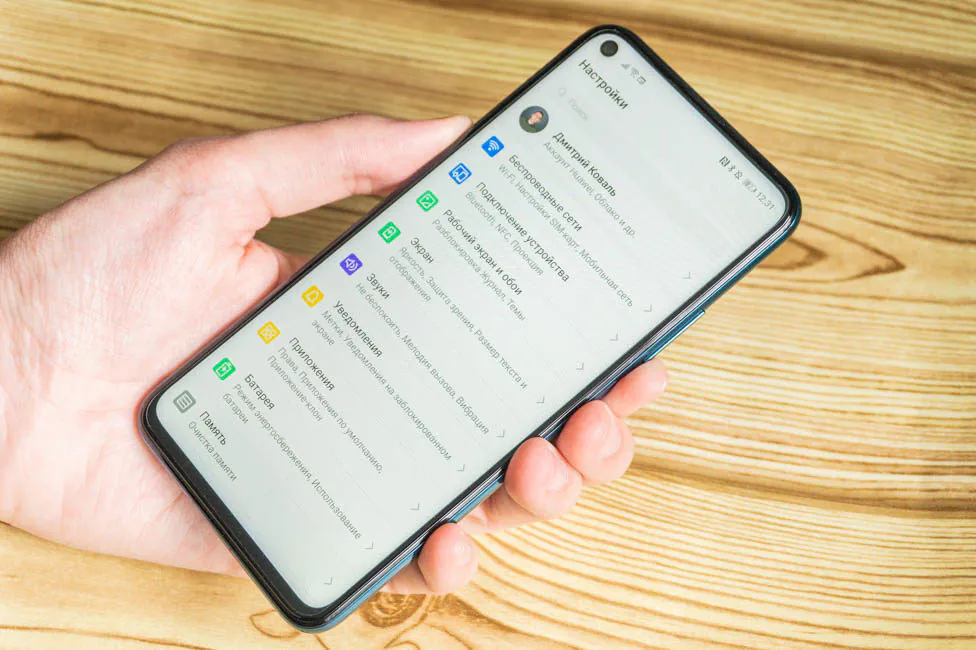
In terms of parameters, we have the following: 6.26″ diagonal, 19.5:9 aspect ratio, LTPS matrix technology (slightly improved IPS with reduced power consumption). Full HD+ display resolution (2340 × 1080 pixels), pixel density: 412 dpi.
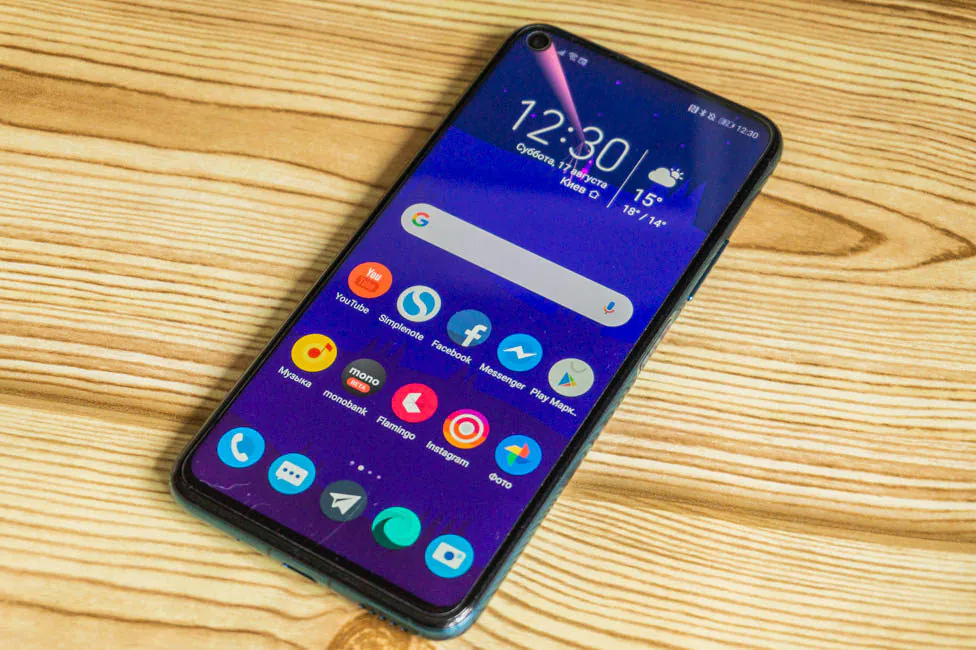
Last time I said that it’s very rare to see something different from the OLED panel in this price segment. But sooner or later this was bound to happen. Now even among the low-cost smartphones you can find these types of screens.
But again, the use of IPS is not at all a disadvantage of Honor 20/20 Pro. After all, someone might get tired eyes, and indeed, the choice is always good. As for the screen, I will not say anything new about it – bright, contrasty, saturated. Viewing angles are not bad, but the dark tones appear under a certain angle. I have no other complaints about this display.
There are usual settings. You can change the color mode from normal to bright (then the colors will be very saturated) and adjust the temperature of the screen. You’ve got eye protection – yellow screen to reduce eye strain in the dark. Screen resolution – that can be set to smart or you get to choose it manually, if you need to save energy. Full-screen display forcibly stretches applications to full screen, if the developer has not taken care of this. And the last one is the ability to hide a hole in the screen with a rough black fill of the upper area.
Performance
Inside Honor 20 Pro we find Huawei’s top-of-the-line hardware – Huawei’s own 7nm SoC HiSilicon Kirin 980. Octa-core processor: 2 high-performance Cortex A76 cores with a frequency of 2.6 GHz, 2 Cortex A76 cores with a maximum frequency of 1.92 GHz and 4 more Cortex A55 cores with a clock frequency of 1.8 GHz. The graphics subsystem is handled by Mali-G76 MP10 accelerator.
In synthetics we get great numbers. But let me remind you that there is a special performance mode which raises the device’s power. And you could see the difference in the tests above. Again – we see the advantage in the throttling test. So for games this mode is highly recommended for use.
The differences appear when we discuss the memory. And 20 Pro in this regard seems to be a better option, because here the RAM is huge for that kind of money. As much as 8 GB of RAM – does anyone need more? It is clear that this is enough both for this year as well as for a couple of years in the future.
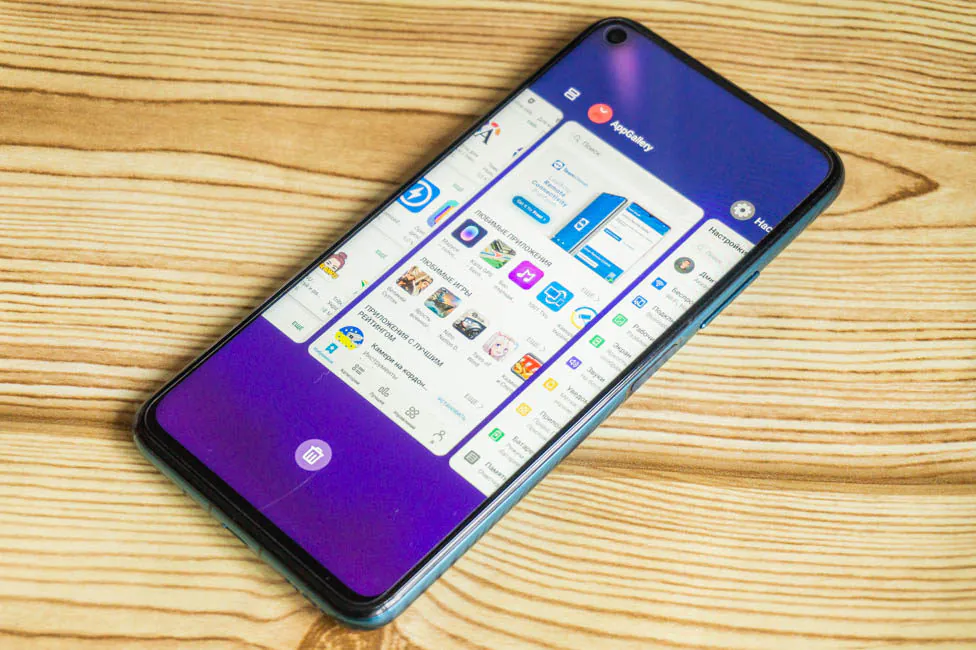
The flash drive in the Pro version is big – 256 GB, which I think is just fine. Why would you possible need more? My computer has an SSD of the same size. A user can have a bit less: 229,84 GB. But when gigabytes are over two hundred, is it that important? It is impossible to expand the memory, but it is very unlikely that with such a drive someone might actually need a slot for a memory card.

Naturally, with such hardware it would be extremely strange to observe problems with the interface or applications. They, like in the regular version, work perfectly both in standard mode as well as in performance mode.
Everything is great with games too – a smartphone runs any modern title on a maximum settings and with excellent FPS. The game center (to activate GPU Turbo 3.0) was not involved during measurements. In all the games below, the maximum possible graphics parameters were used. According to Gamebench:
- Evil Lands — 60 FPS
- Fortnite — 30 FPS (with fixed 30 fps)
- Glory Ages – Samurais — 60 FPS
- Into The Dead 2 — 30 FPS (with fixed 30 fps)
- PUBG Mobile — 40 FPS
- Shadow Fight 3 — 60 FPS
- Shadowgun Legends — 59 FPS
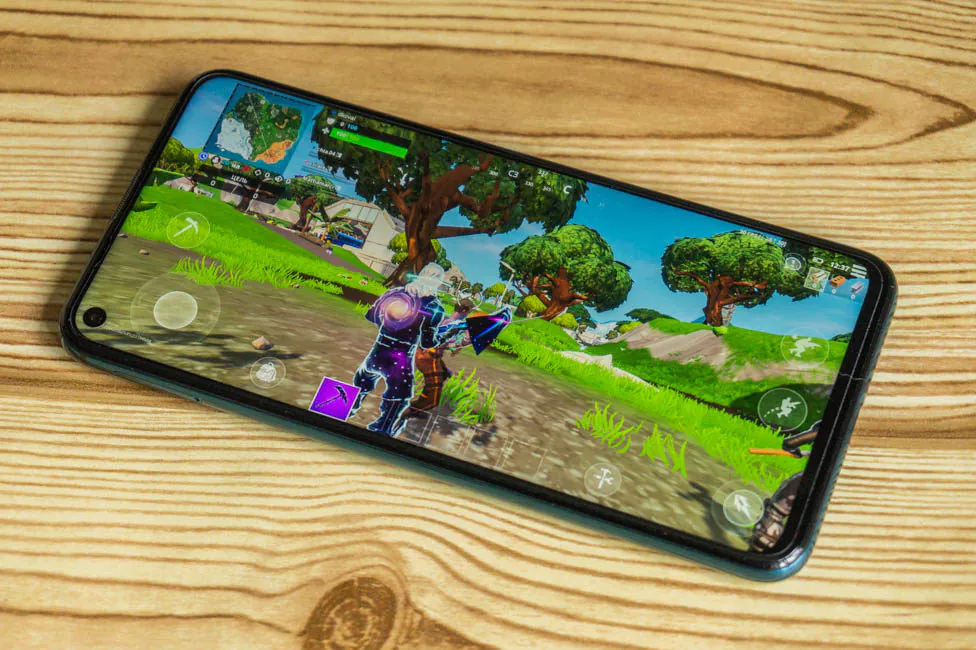
Honor 20 Pro cameras
The cameras in the Pro version have been improved a bit, replacing, for example, an almost useless depth sensor with a full-fledged telephoto module. Plus, Huawei worked on a standard sensor and now a set of 4 cameras looks like this:
- 48 MP, f/1.4, 28mm (wide), 1/2″, 0.8µm, PDAF, Laser AF, OIS
- 8 MP, f/2.4, 80mm (telephoto), 1/4.4″, PDAF, Laser AF, OIS, 3x optical zoom
- 16 MP, f/2.2, 13mm (ultrawide), 1/3.1″
- 2 MP, f/2.4, 27mm (wide) dedicated macro camera
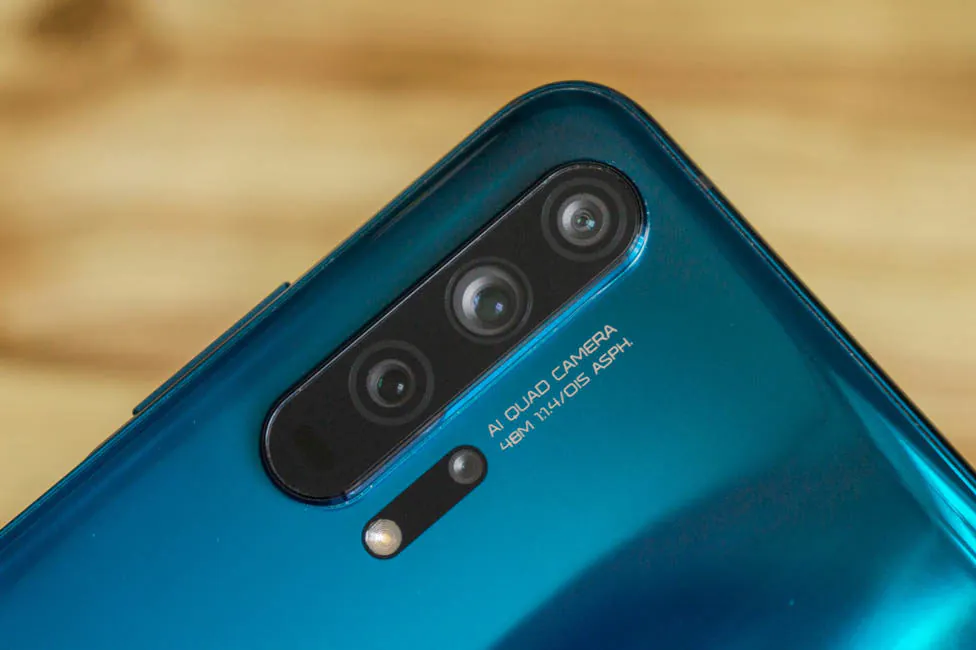
Immediately about the changes: the main module, as you can see, has a record-breaking aperture for smartphones, as well as optical stabilization. The telephoto provides 3X zoom, and it also has an optical stabilization system. The ultrawide seems to be the same, except for the aperture – now it’s f/2.2, not f/2.4. The macro lens has not changed at all. If anyone is interested – DxOMark tested the smartphone camera and rated it at a generous 111 points, like OnePlus 7 Pro. Only Samsung Galaxy S10 5G, Huawei P30 Pro and Samsung Galaxy Note 10+ 5G are higher in their ranking.
The camera is quite good, in particular during the day. On the street we get excellent detail and a good dynamic range. In the room, small details are blurred by noise reduction, but in general, the pictures look decent in most cases. But in the late evening, the photos in auto mode get smoothed out very much. In particularly complex scenes, even an improved aperture does not help, although it certainly does its job. For minor correction of the situation, I advise you to additionally turn on night mode. In this case, the photos look better. But they take more time to make.
EXAMPLES OF PHOTOS IN FULL RESOLUTION
The ultrawide module takes pictures as expected, if you look at the overall color reproduction and quality. With good lighting, it copes with the main task – it captures many objects in one frame. In low light it’s mediocre.
EXAMPLES OF PHOTOS IN FULL RESOLUTION
The telephoto provides 3x optical zoom, 5x hybrid (tele + digital) and up to 30x zoom, naturally digital. However, the performance of a particular module is very tricky. Usually, if there is too little light, you’ll get a crop from the main module. The telephoto is activated according to the distance from the subject. What is also interesting is that the photos are saved in 12 megapixels, when the actual resolution of the sensor is 8 megapixels.
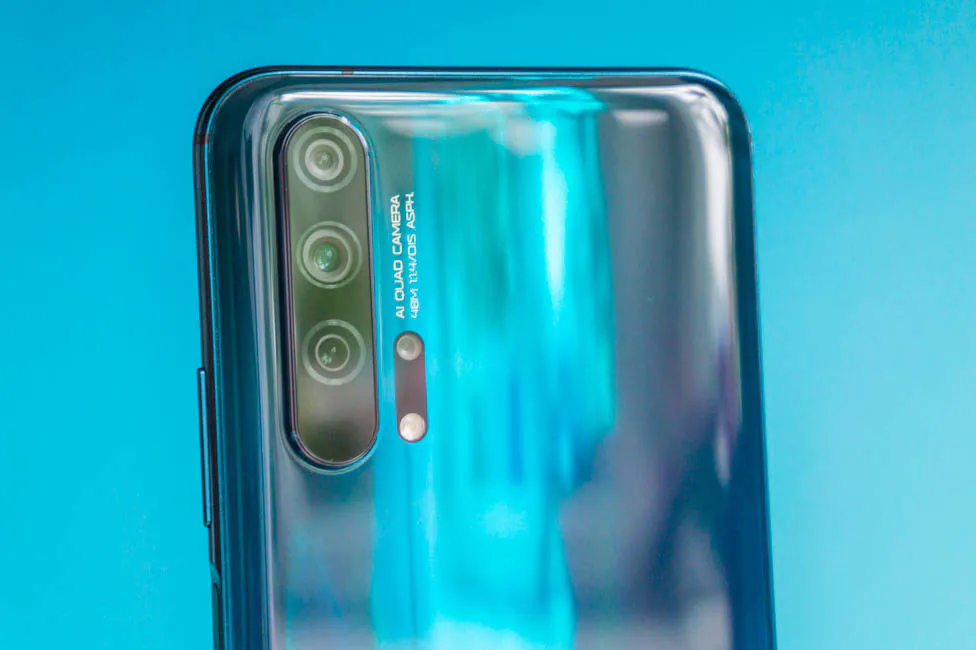
Of course, these are all algorithms and they are probably designed for a reason. But what if you want to get the real 8 megapixels from this module? Here you need to enable saving in RAW, but it will only work in manual mode. In short, it’s confusing and not entirely obvious. However, we are mostly interested in the final result. It’s okay: not more, not less. I was quite satisfied with the pictures and I often used 3x zoom. 5x means a significant loss in quality (although it still looks tolerable), but 30x is not suitable for posting on social networks. Although in real time it can be helpful in order to read a distant text.
EXAMPLES PHOTOS IN FULL RESOLUTION
As for the macro camera… it does not give much hope: the same “dark” eye with fixed 4 cm. Yes, you can try experimenting with it. But to get the best quality, you should still use the zoom with the telephoto lens or the main module. They will certainly cope with it as well.
Video recording is available in 4K at 30 fps and 1080p at 30 or 60 fps. I expected that due to optical stabilization this parameter will be better than in Honor 20. But OIS refuses to work in 4K for inexplicable reasons. Even electronic stabilization does not work in this resolution. In FHD everything is great. But this is very strange indeed, I hope they will fix it in the updates. But if in 4K you apply one of the available effects (color with AI, background blur or filter), stabilization instantly appears.
Why is this, one can only guess and hope for updates. Therefore, evaluating the video capabilities of the Honor 20 Pro is difficult because of this incomprehensible omission. Slow-motion video is also recorded in 1080p with 120 FPS and 720p with 240 or 960 FPS. Time-lapses work in 720p at 30 frames per second.
The selfie camera is exactly the same as in the junior version. A 32 MP camera (f/2.0, 0.8µm) makes excellent shots overall. If we nit-pick, it’s possible to complain about the nonexistent autofocus. Otherwise, everything is fine.
The standard camera application contains everything and even more than an ordinary user may need. Shooting modes are in abundance, and there are tons of additional effects.
Honor 20 Pro makes great photos, quite a bit better than Honor 20, but you should not expect any stunning results from it anyway. If you directly choose between Honor 20 and 20 Pro solely because of the cameras, then it’s worth overpaying for Pro. First of all, because of the zoom, because it really expands the capabilities and versatility of the camera. The background gets blurred even without the special sensor. Optical stabilization? It is not always used when taking photos (only in medium and low light conditions), plus it behaves strangely when recording videos, but the updates might fix it.
Unlocking methods
Honor 20 Pro will not be able to surprise a modern user with the spectacular in-screen fingerprint scanner, because it uses the good old capacitive one. It is combined with the power button on the right side of the device. But how accurate and fast it is! Just a fantastic scanner!

Also, to avoid accidental touches, you can configure it so that the fingerprint is read when you press the power button. My smartphone often unlocks by itself.
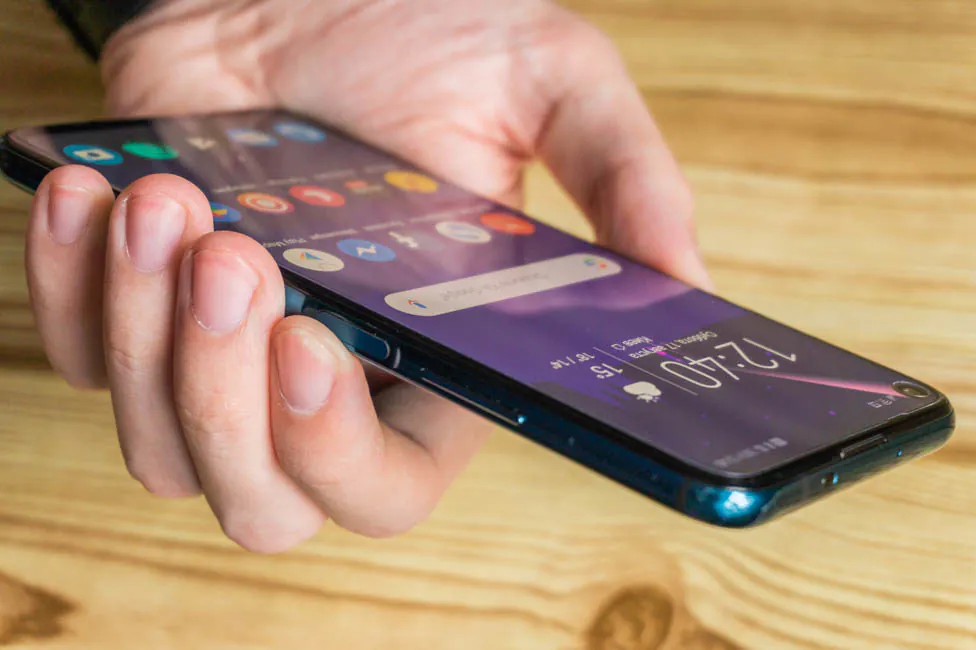
You can also unlock a smartphone with your face, and this method works quite well: very quickly and in almost any environment. In low light, the brightness of the display increases and the face is additionally illuminated by the screen. Therefore, even in such conditions, the smartphone will be able to recognize the owner. The only problem is that the process is slower that way. But in total darkness it will not help. You can activate additional backlight in the settings and a bright white background will be displayed on the screen.
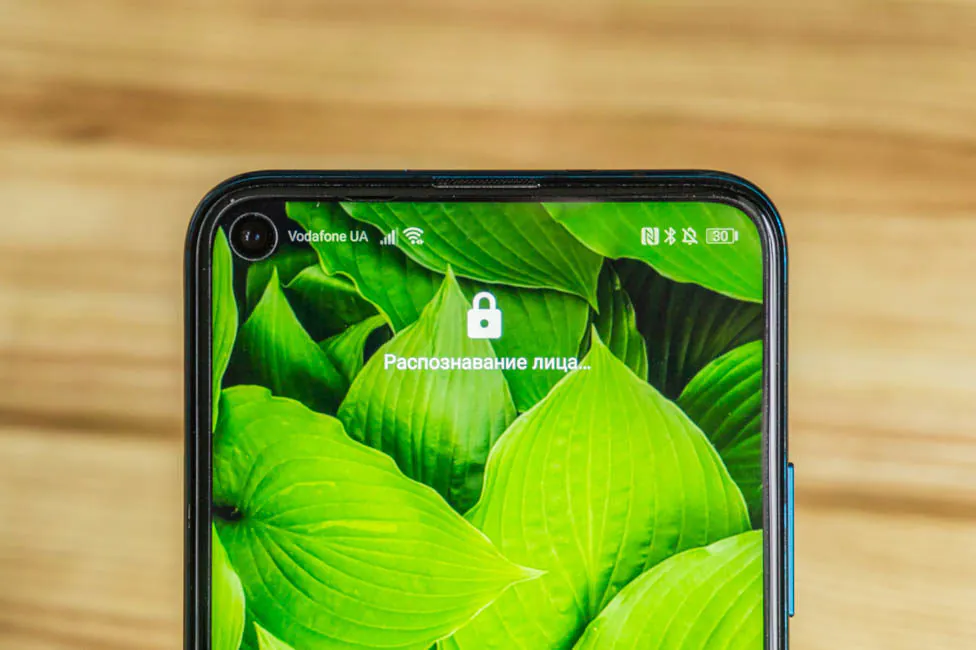
Honor 20 Pro battery life
As the thickness of the smartphone has grown, I expected improvements in battery area. So, in Honor 20 Pro, the battery has grown to 4000 mAh compared to 3750 mAh in Honor 20. The difference is small and in practice I did not see noticeable improvements.

But this does not mean that the smartphone lacks stamina – on the contrary, it has enough for a day of all sorts of activities with 6-7.5 hours of total screen operation. If you use the camera, play games and make a couple of calls a day and write messengers, than for two days with 5-6 hours of display activity the phone will live just fine. In PCMark 2.0 with a maximum backlight brightness, 20 Pro managed to last for 7 hours 23 minutes. For reference – in the same conditions, Honor 20 lasted for 7 hours 12 minutes. The difference is very small.
Smartphone fast charging is supported, and it’s good that the corresponding power adapter comes with it. But the wireless charging has not been added, which is a bummer. Thus, we obtain the following charging timing with a standard charger:
- 00:00 — 15%
- 00:30 — 61%
- 01:00 — 92%
- 01:20 — 100%
Sound and communication
In terms of sound, I did not notice the difference between the two, but I recall that there’s a certain feature associated with the unusual location of the earpiece speaker which is located an angle. This should be taken into account during a conversation.
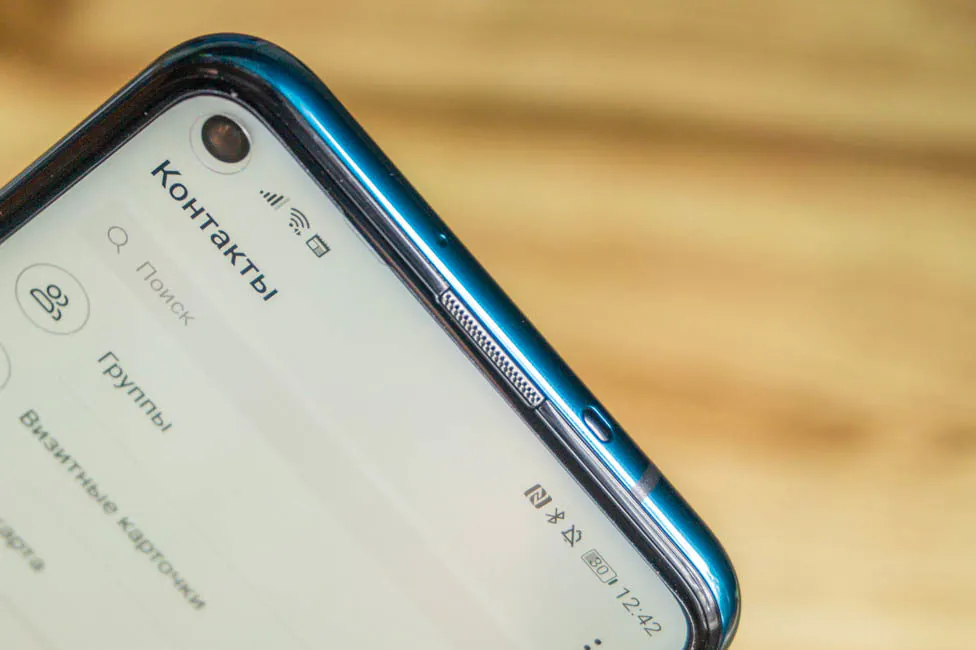
Multimedia sounds just as good: loud and good in quality, but not stereo. In principle, I have no more complaints about it, you can watch the video and listen to a track or two in a quiet place, for example at home. Wired headphones work great, but they will have to be used with an adapter, which not everyone likes. And in the wireless headset there’s the same problem as with the younger version – the volume margin is too low. For some unknown reason.
The following wireless modules are installed in the smartphone:
- Wi-Fi 802.11 a/b/g/n/ac – works properly, 5 GHz is supported of course
- Bluetooth 5.0 (A2DP, LE, aptX HD) – also without question, the connection is reliable, there were no problems with connecting to a smart watch and a Bluetooth headset
- GPS (A-GPS, GLONASS, BDS, GALILEO, QZSS) – positioning is very accurate
- NFC – everything is fine, contactless payments and quick and pairing with devices work
Firmware and software
Honor 20 Pro runs on Android 9.0 Pie with the Magic UI 2.1 shell, which is no different from the familiar EMUI. And in turn, we talked about the latter on the site a certain number of times in other reviews. I can’t add anything new – it’s a typical EMUI with its own customization tools and other functional features. Now we can only wait for the next version of Android, which will probably soon be released on current devices from Huawei and Honor.
Verdict
Honor 20 Pro is slightly improved compared to Honor 20, but there are a lot of similar elements between them. The pro version was improved in terms of memory, its cameras now include a useful telephoto module, but the battery life has not been changed.
Who should overpay for Honor 20 Pro when choosing between two gadgets of the same series? I believe that those who purchase a smartphone for a long time and do not want an update every year. This phone has lots of RAM, which makes it future-proof. Also, the pro version should be chosen if the advanced features of the cameras are important to you.
Where to buy Honor 20 Pro
Subscribe to our accounts:


